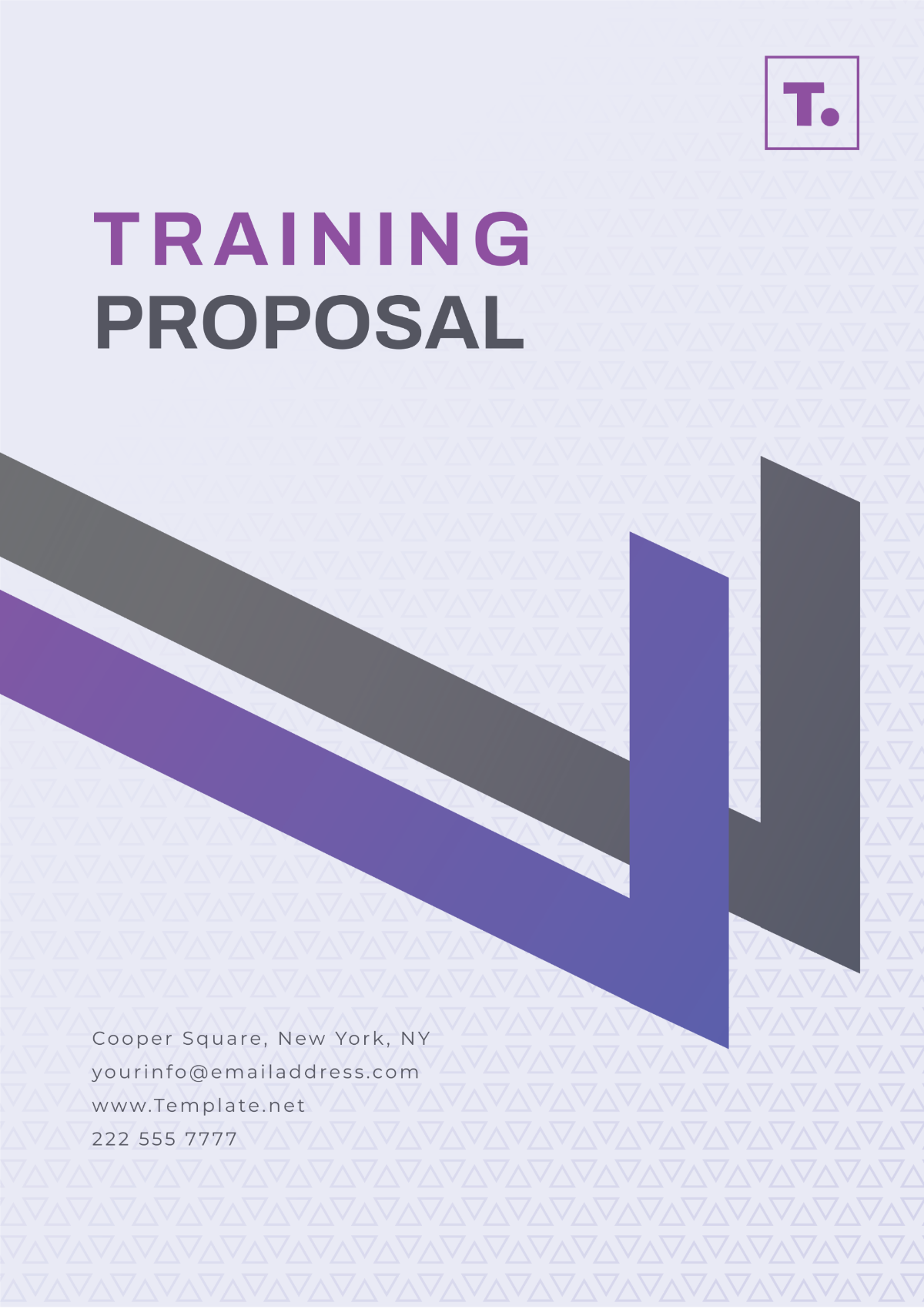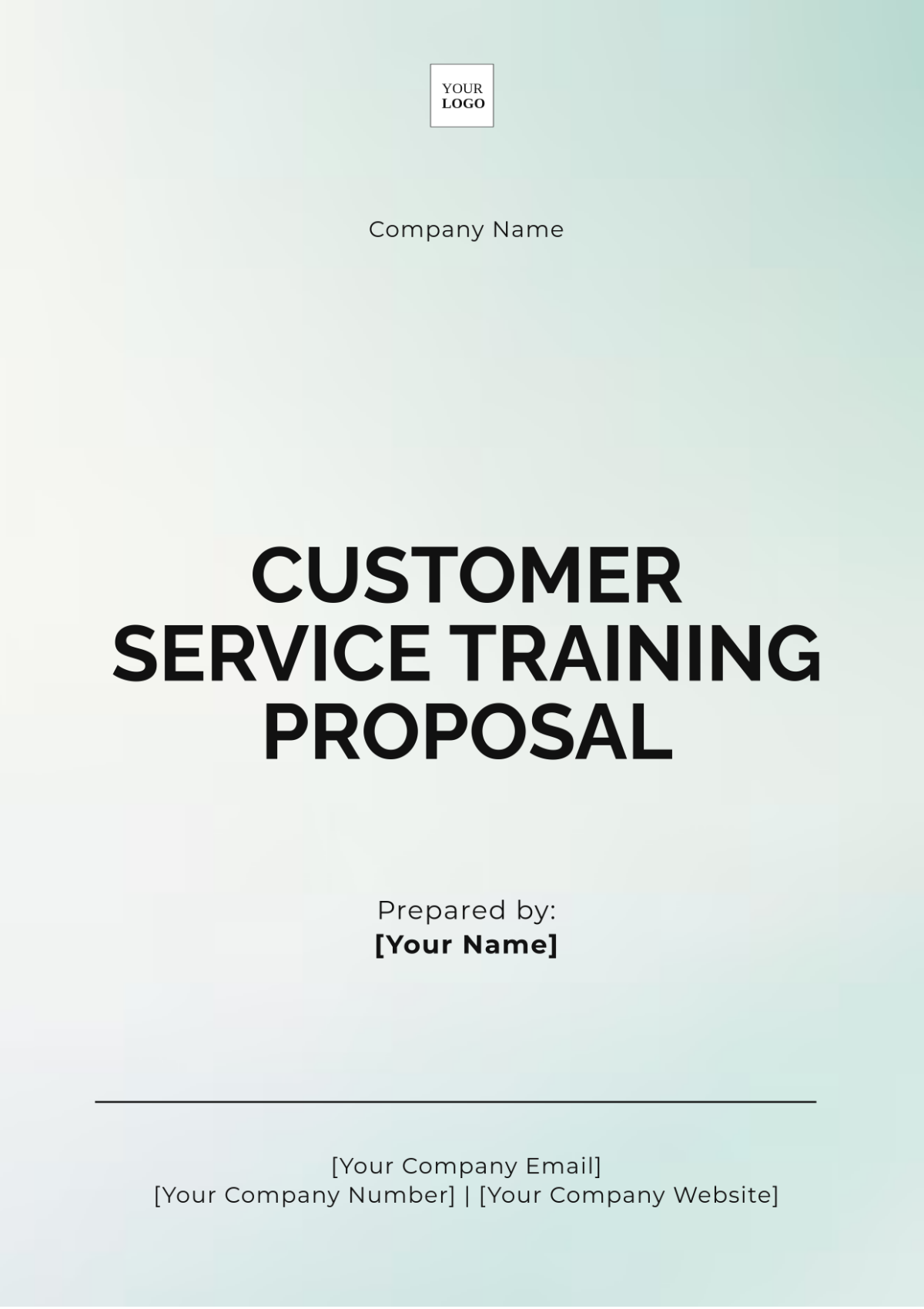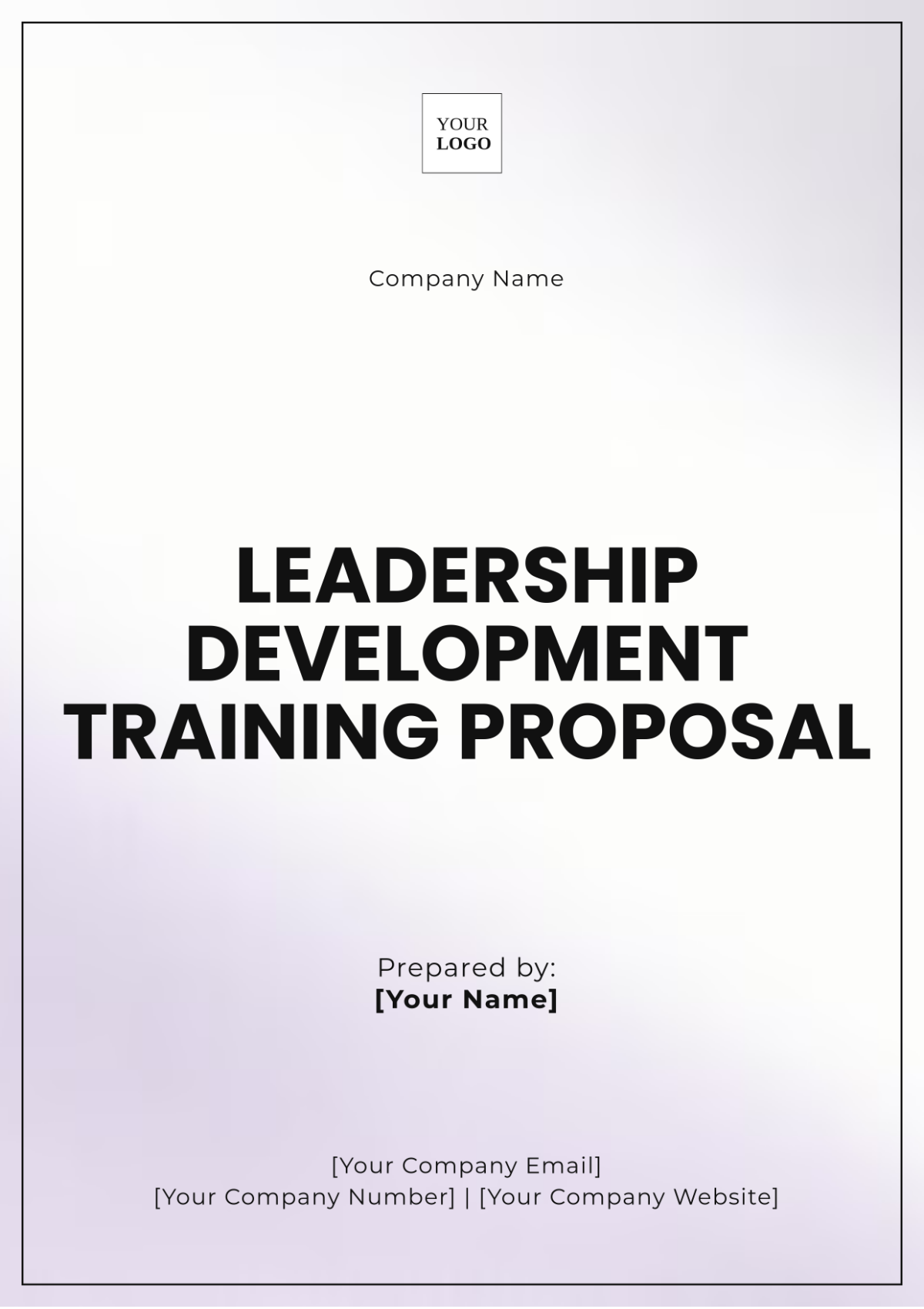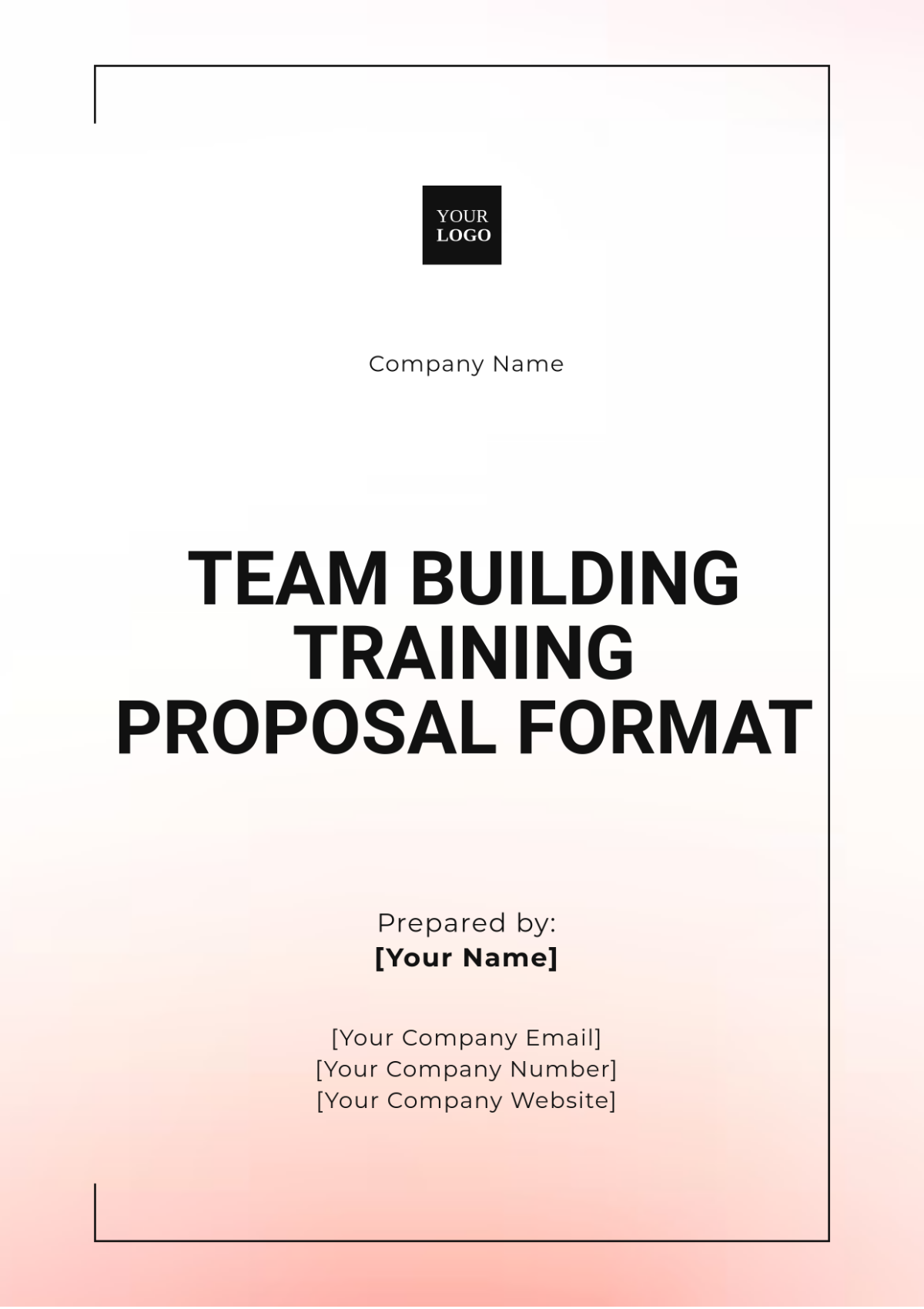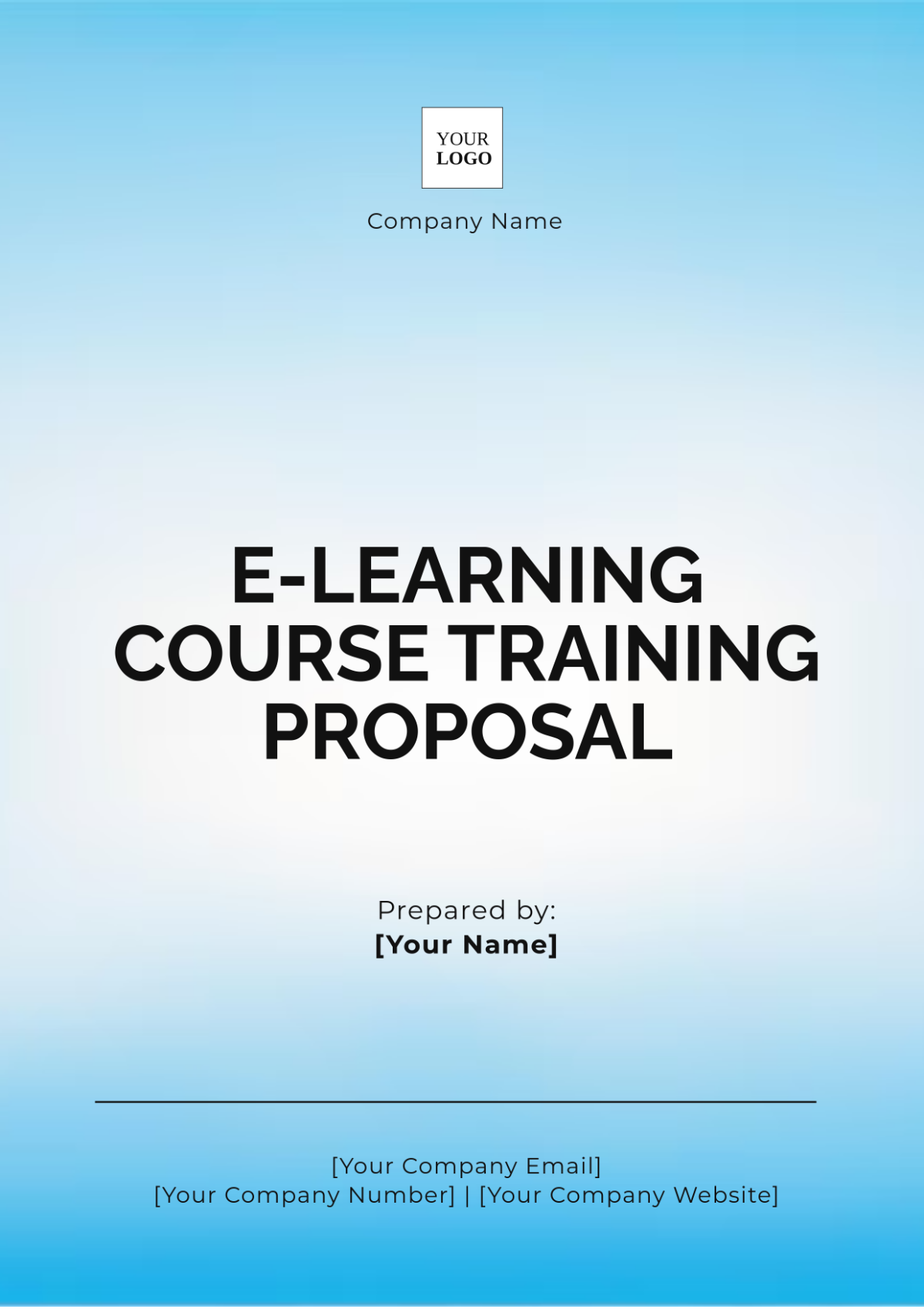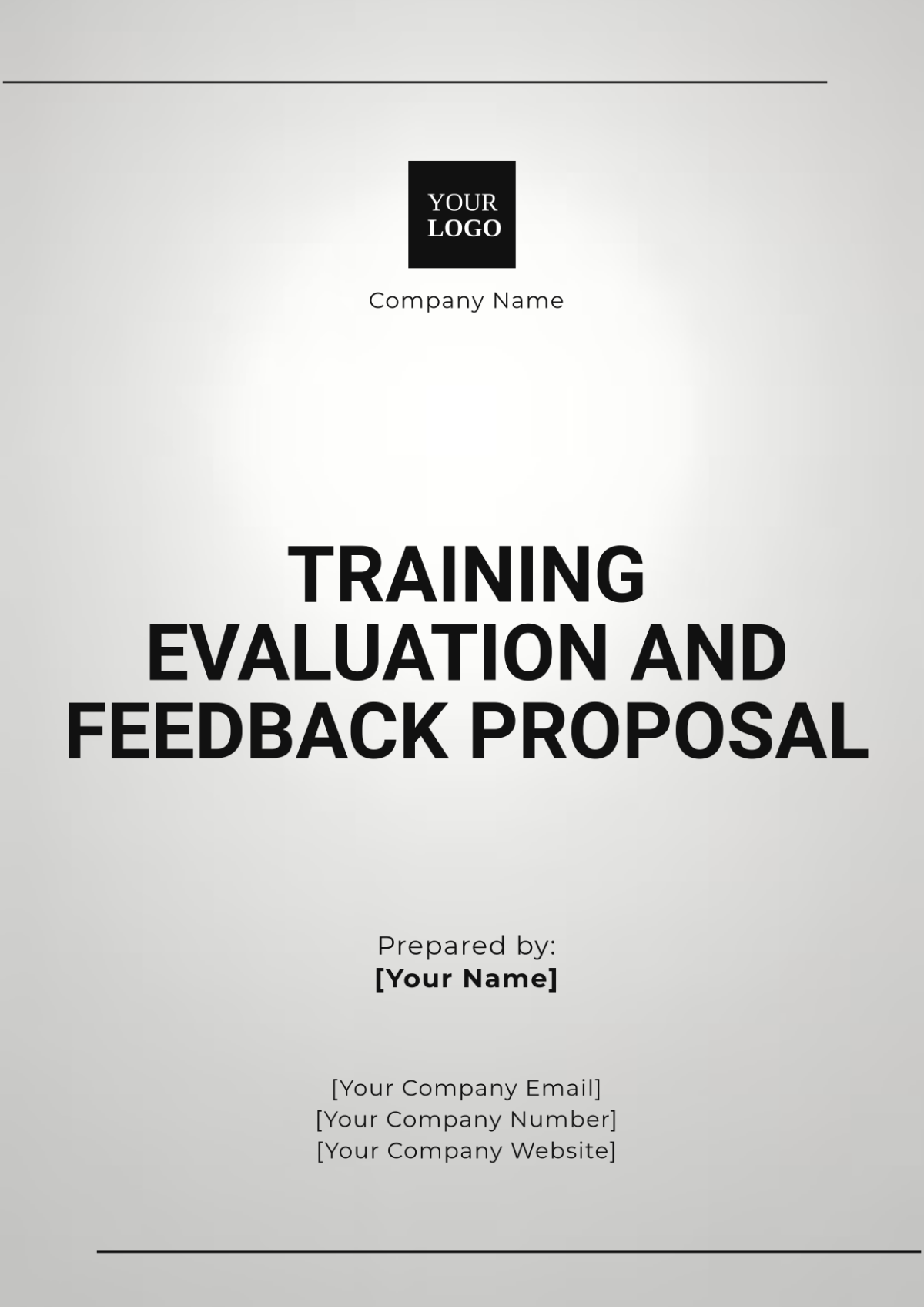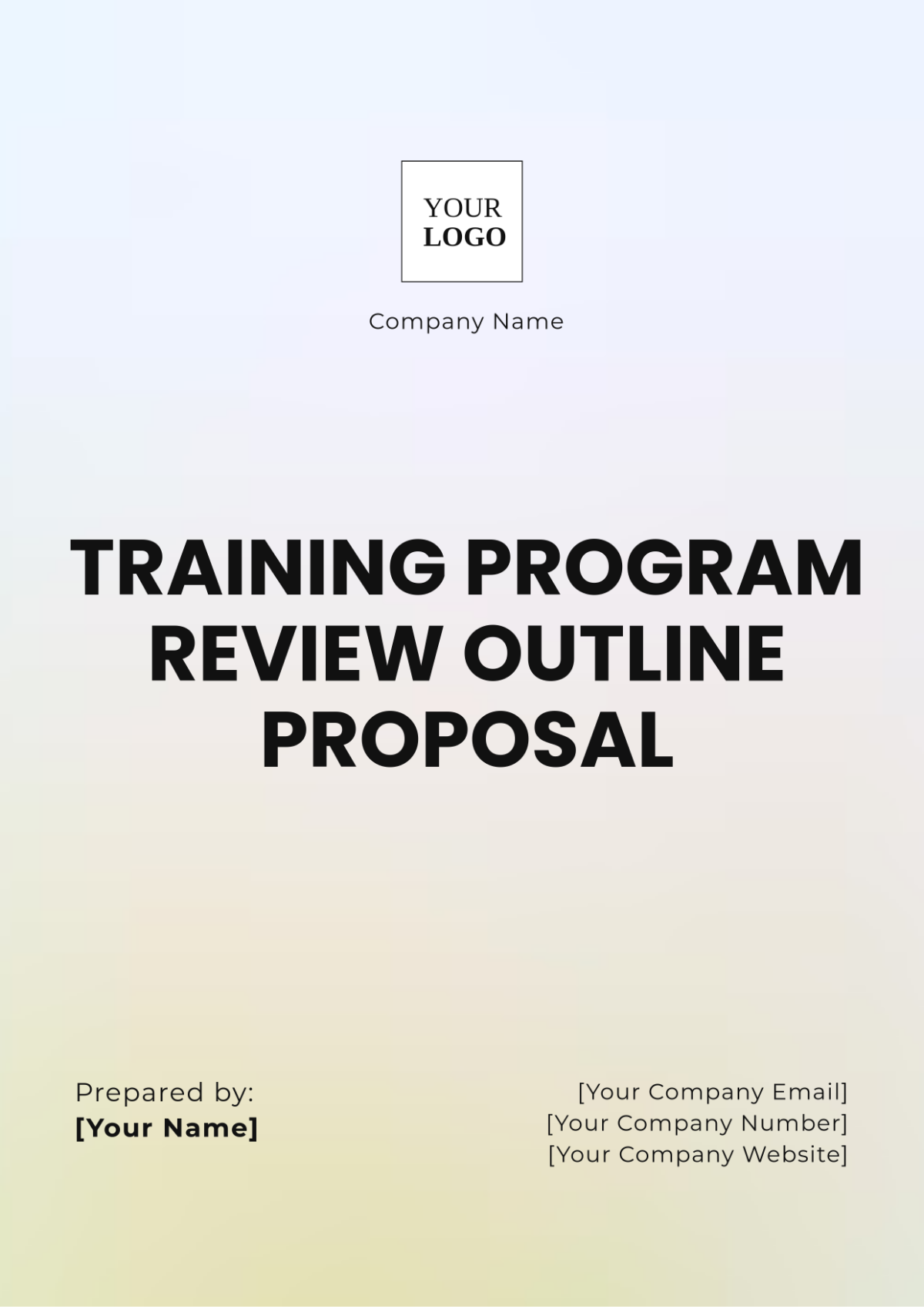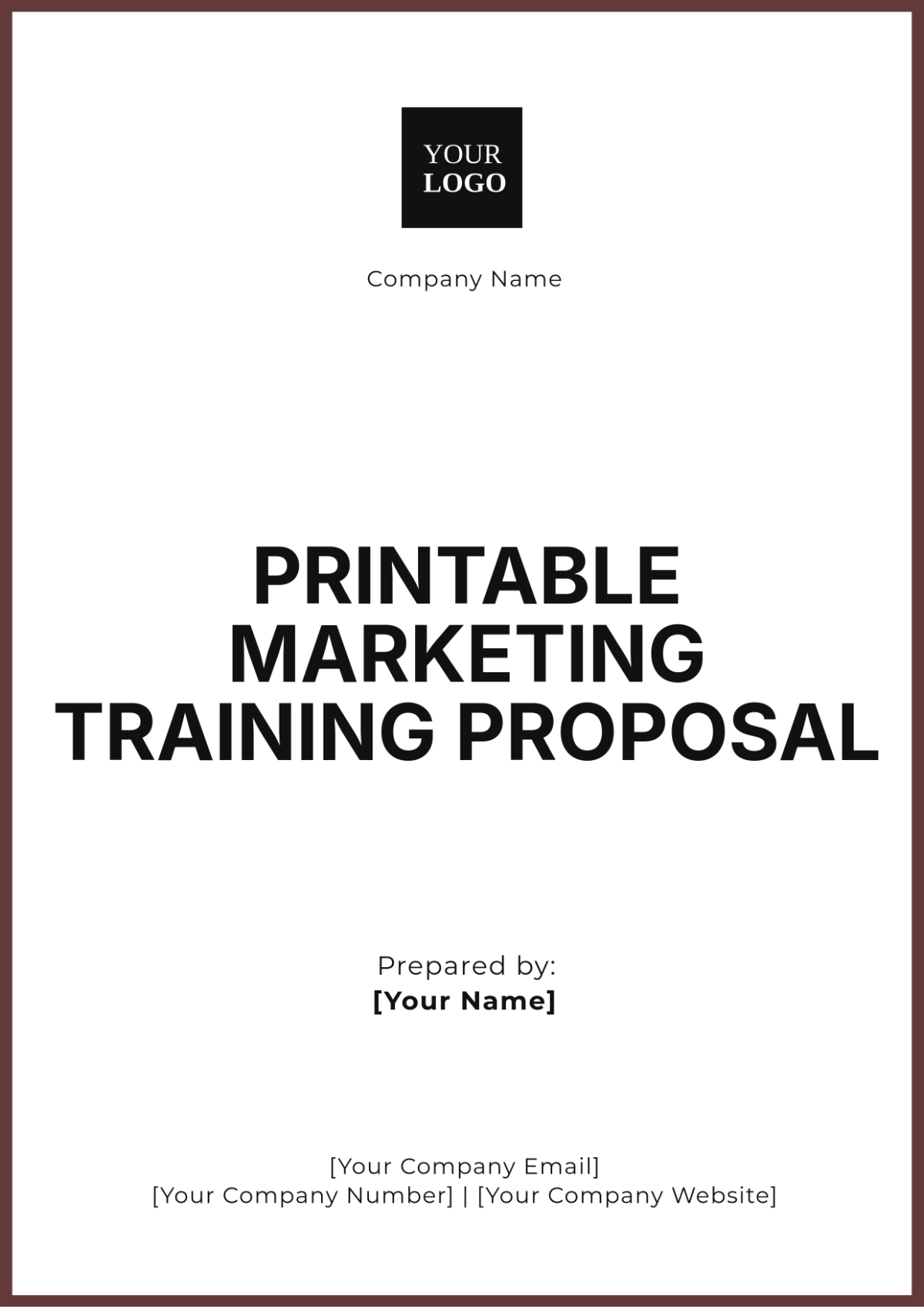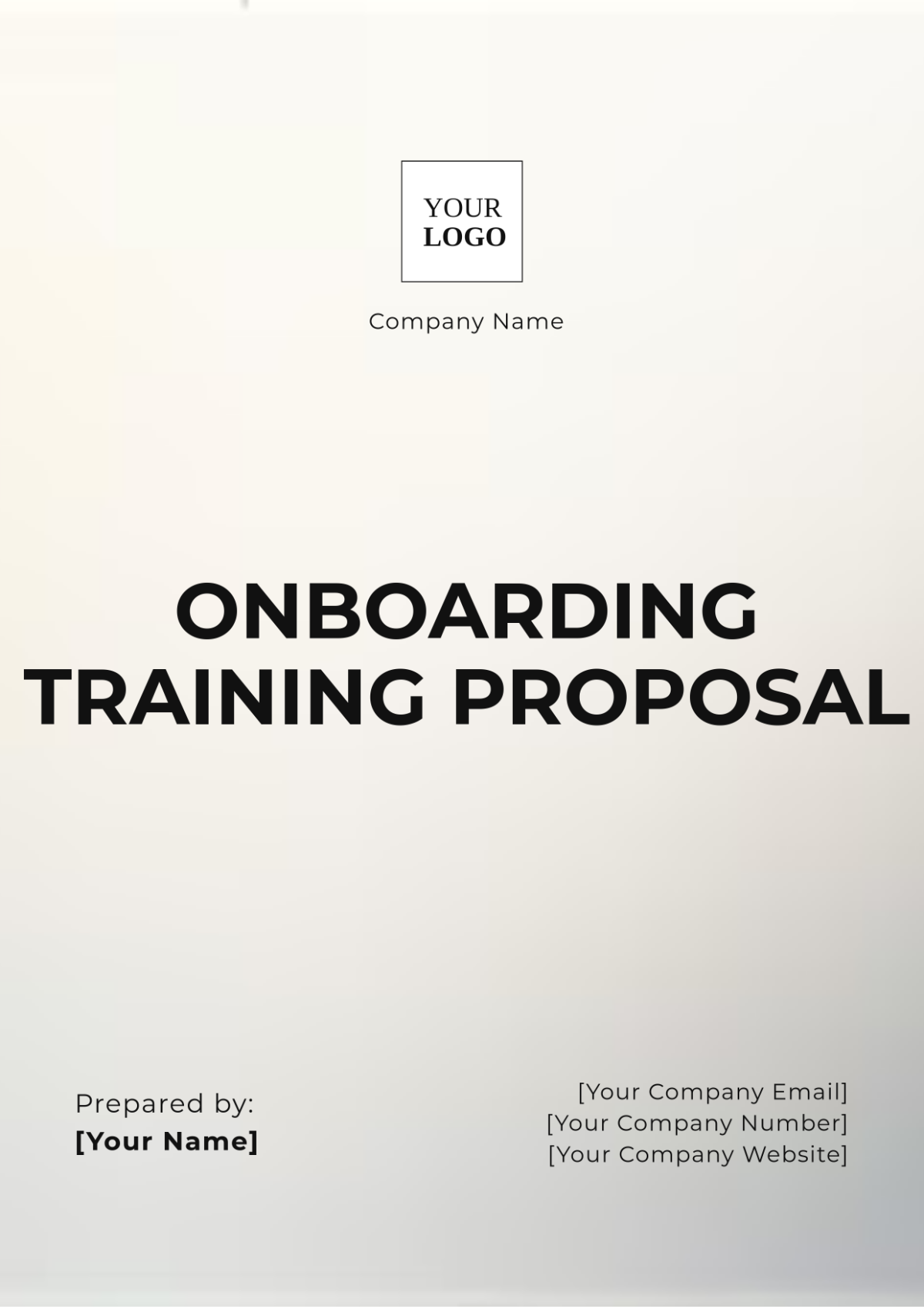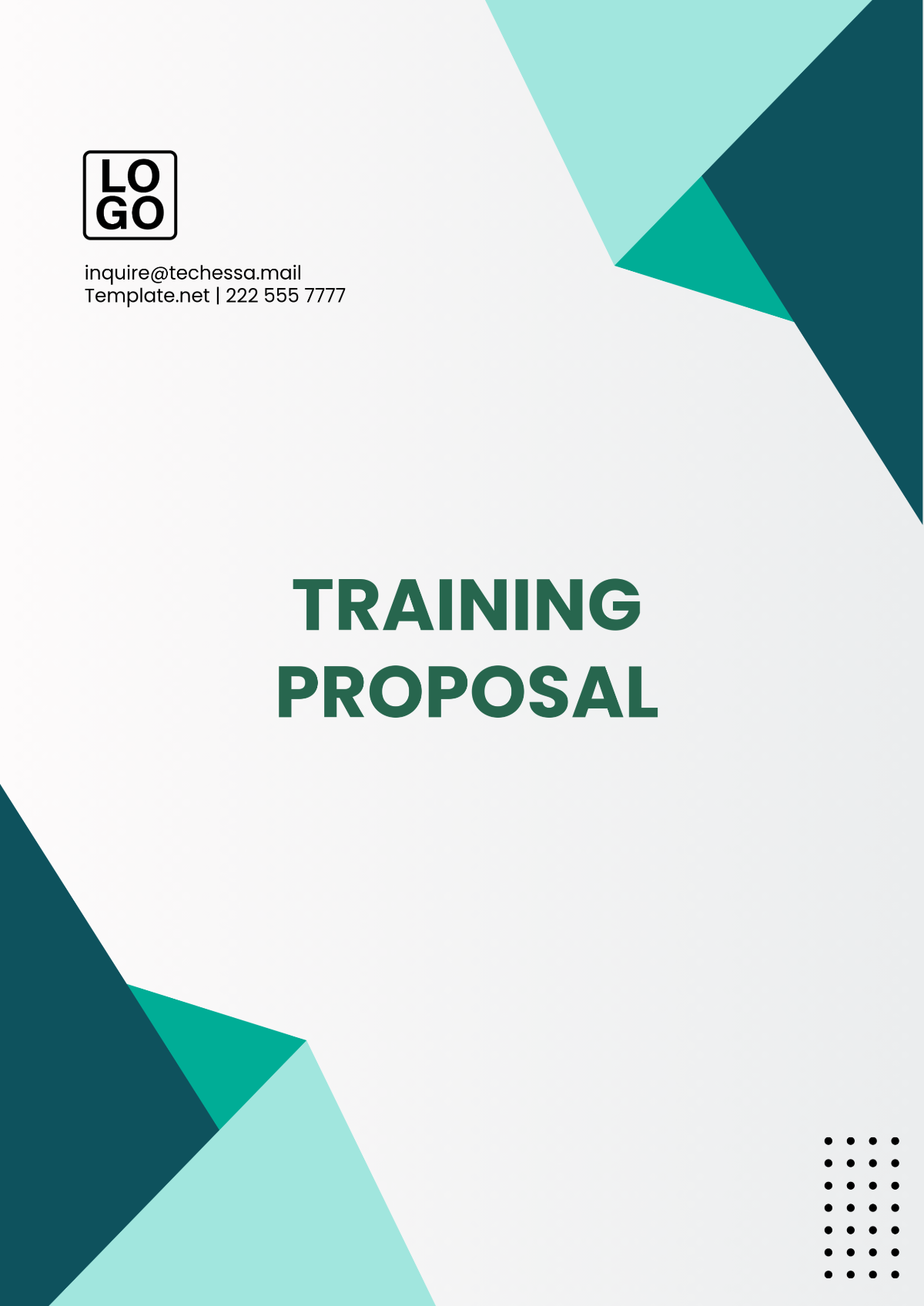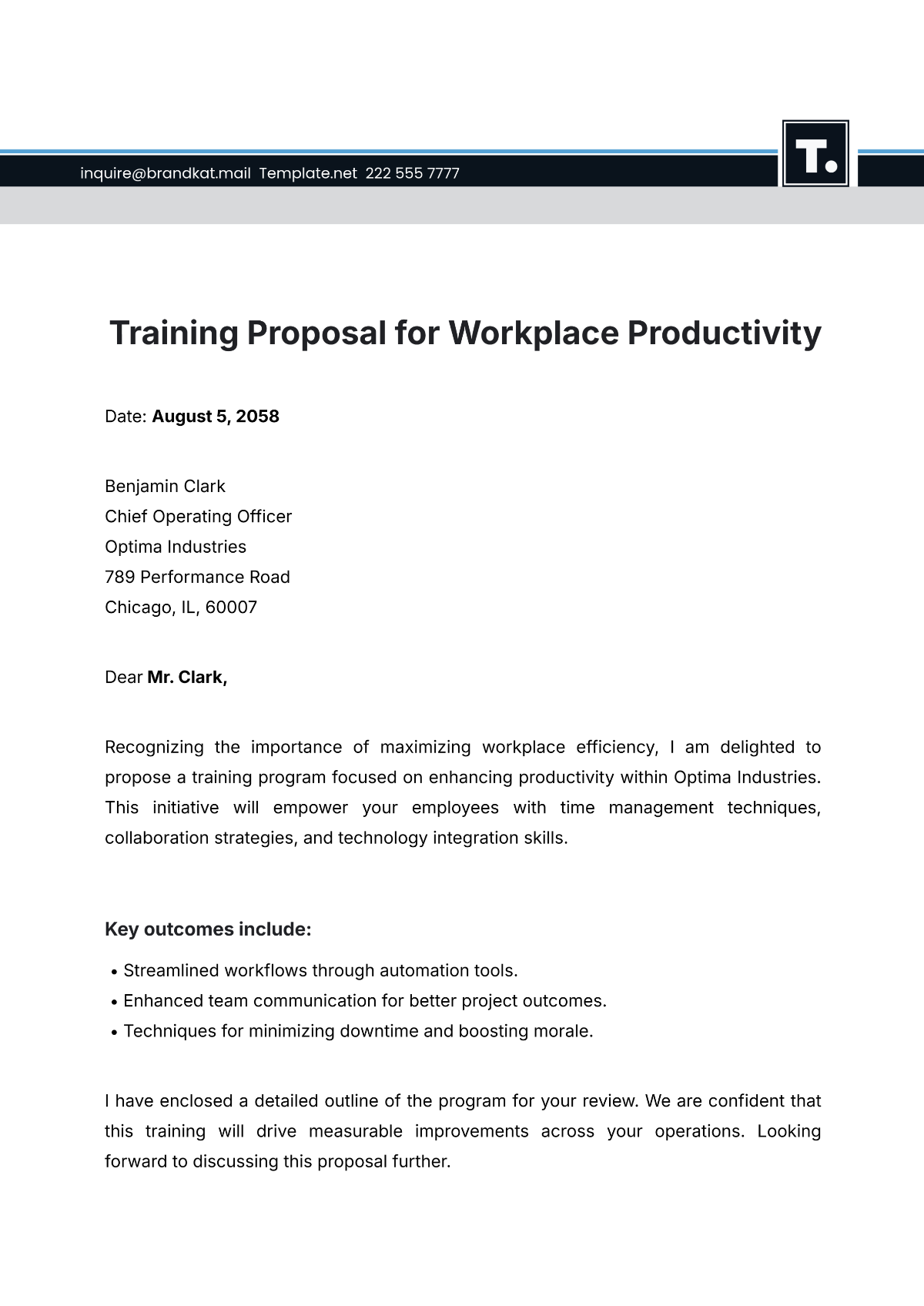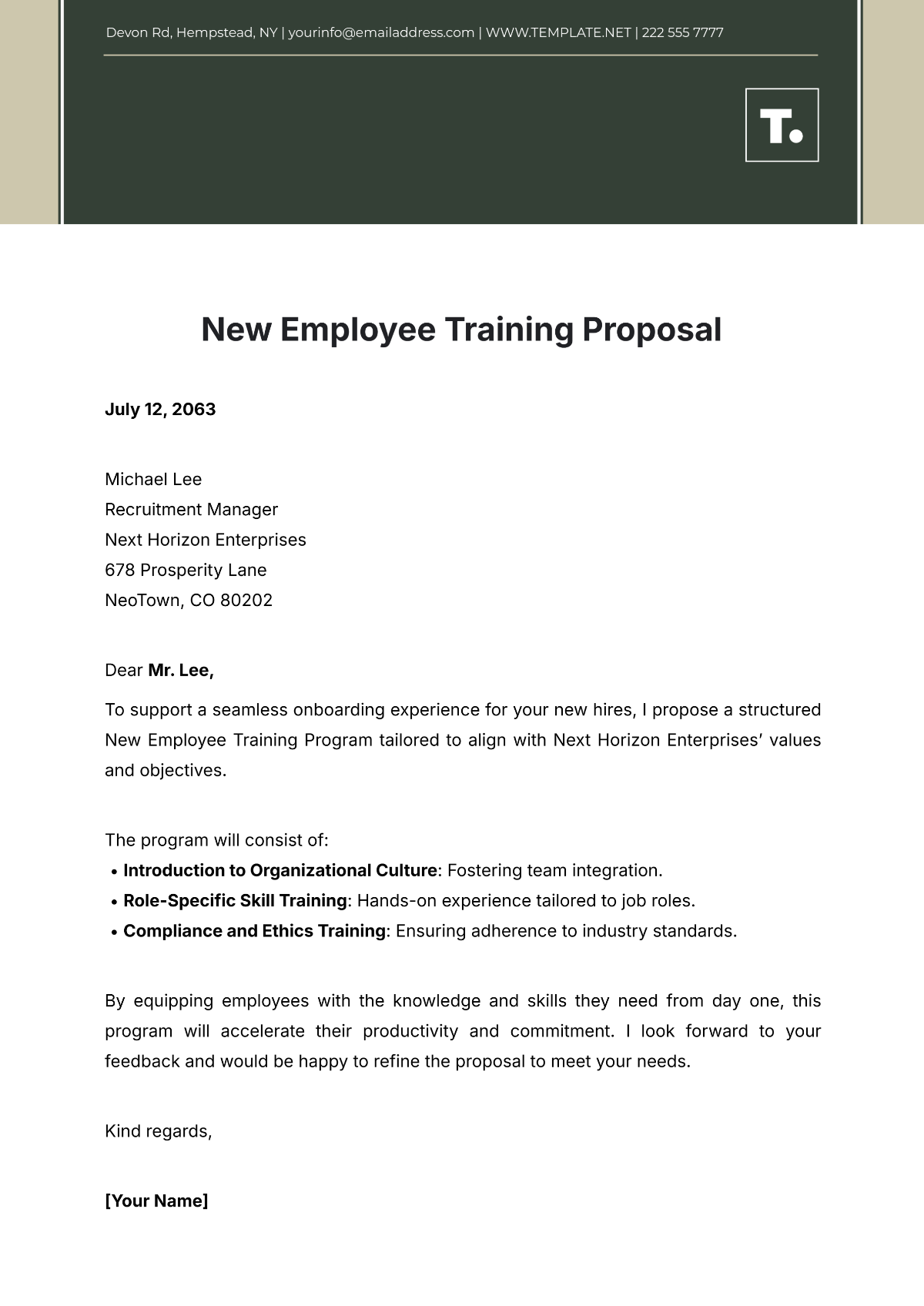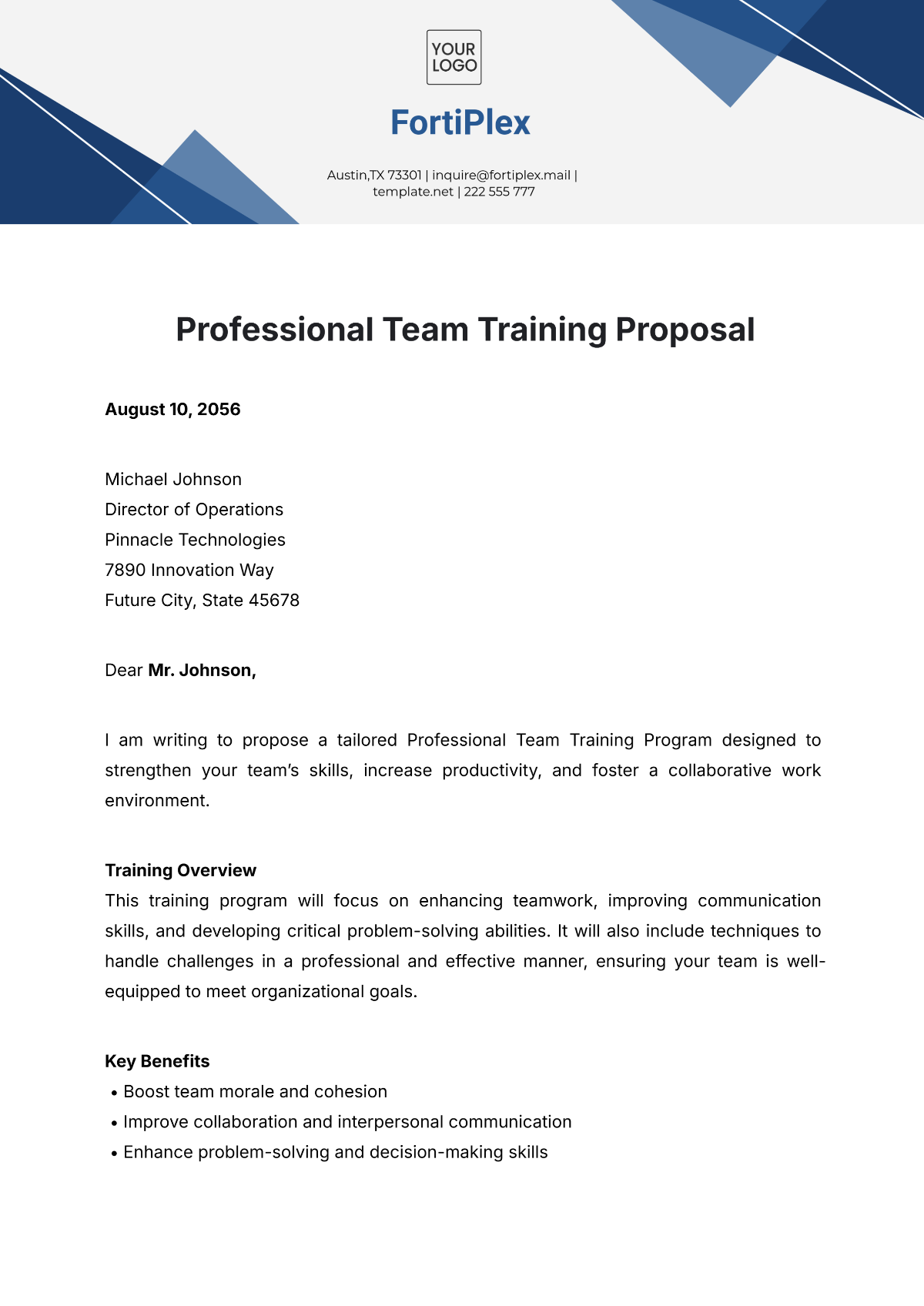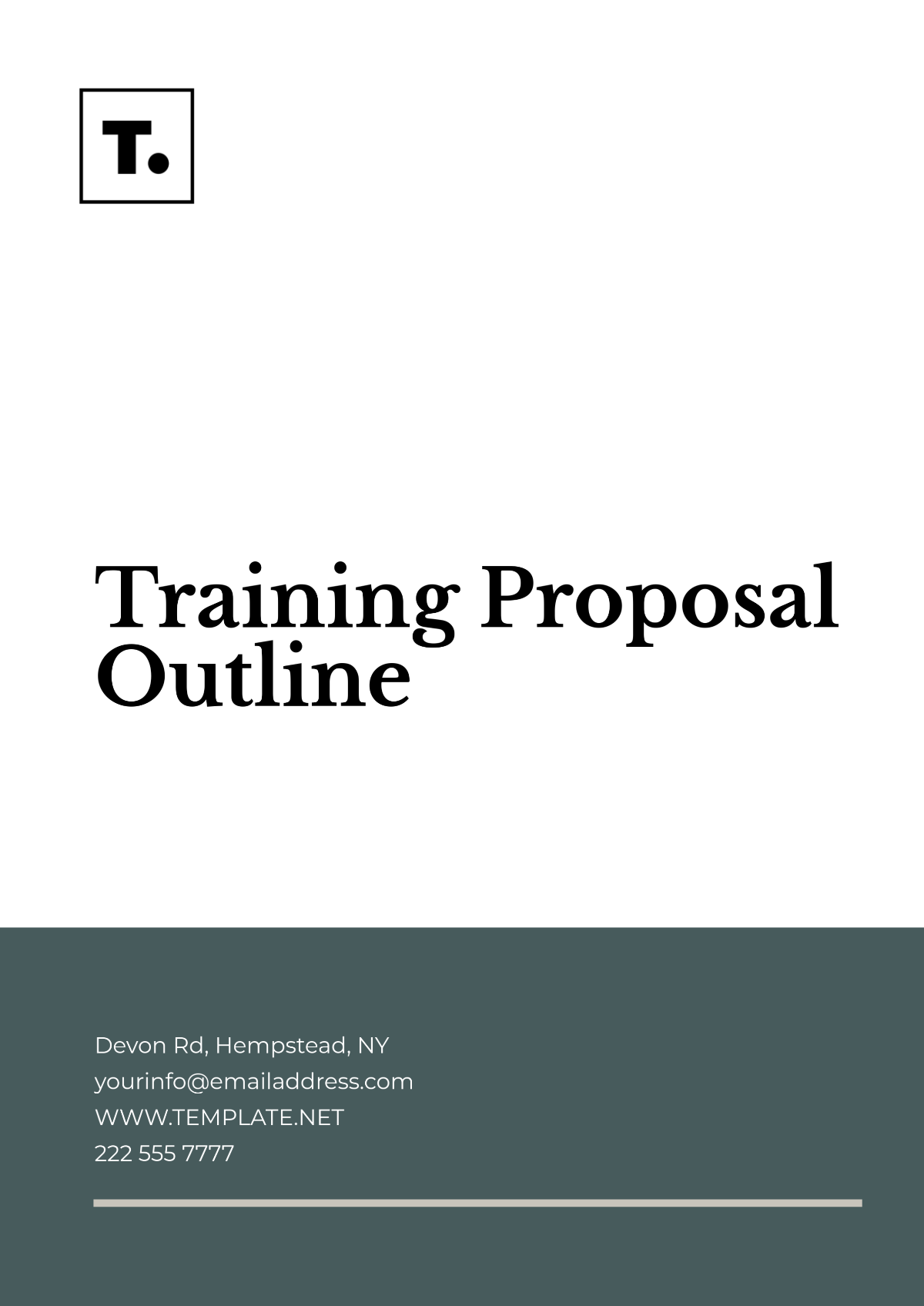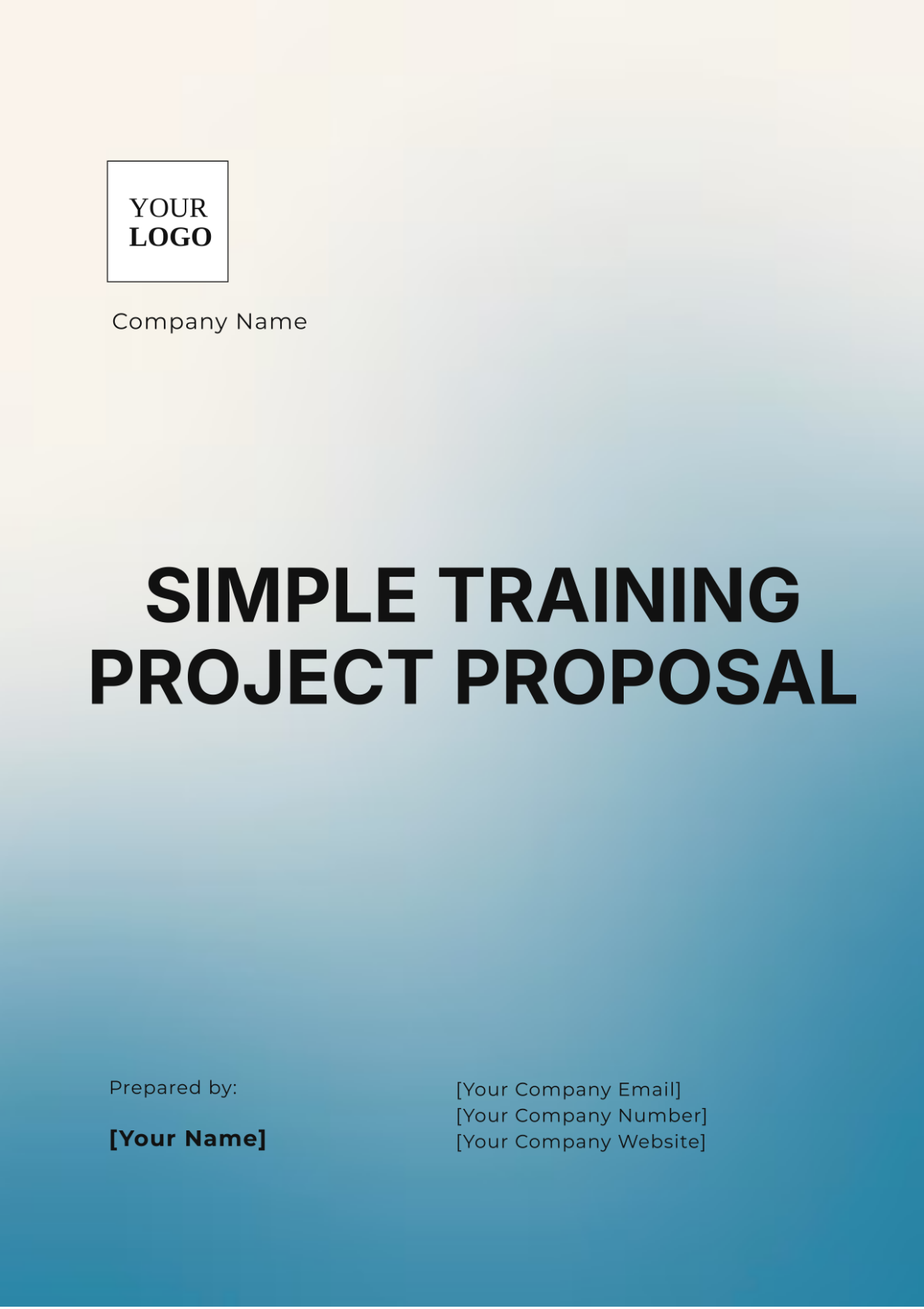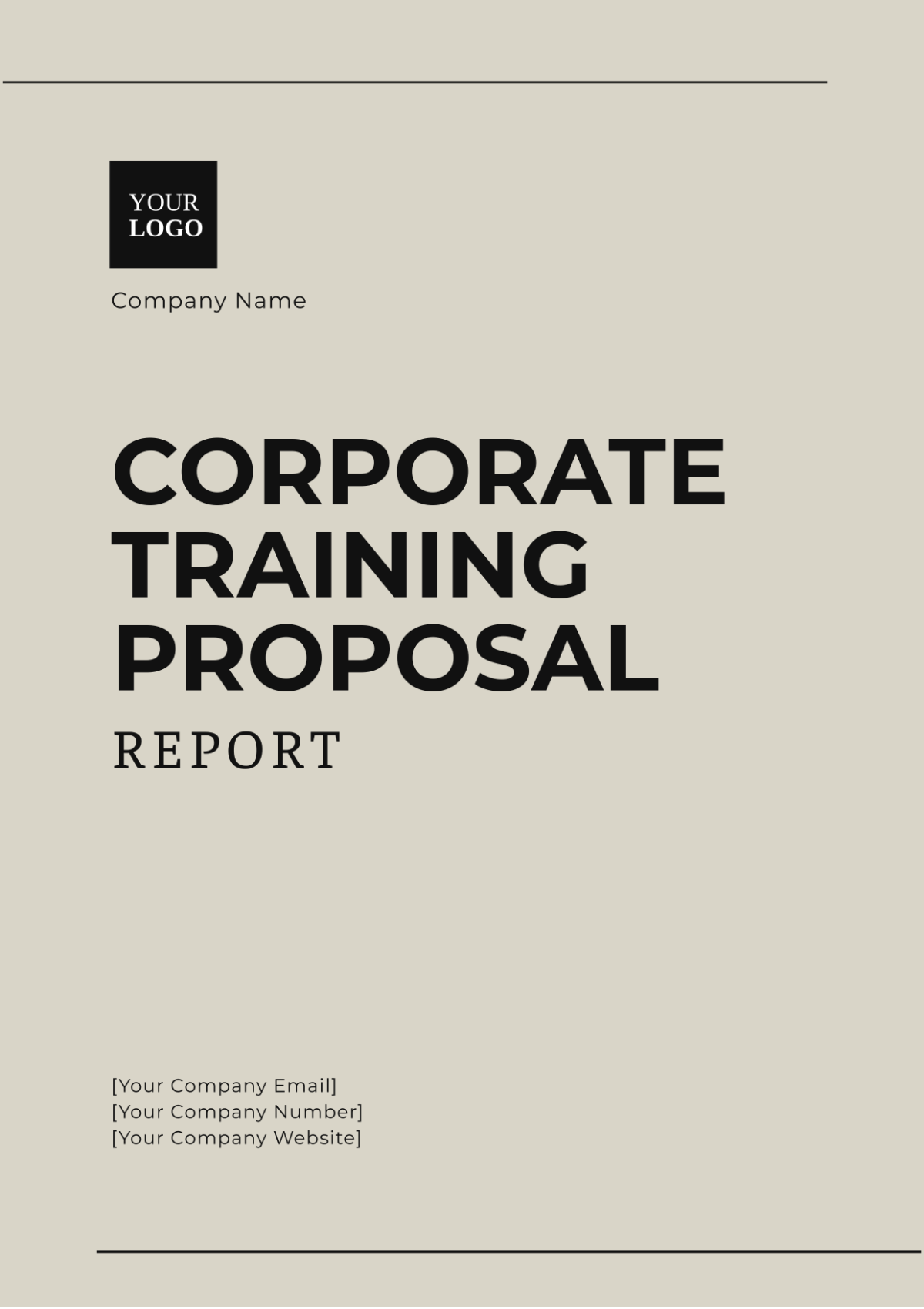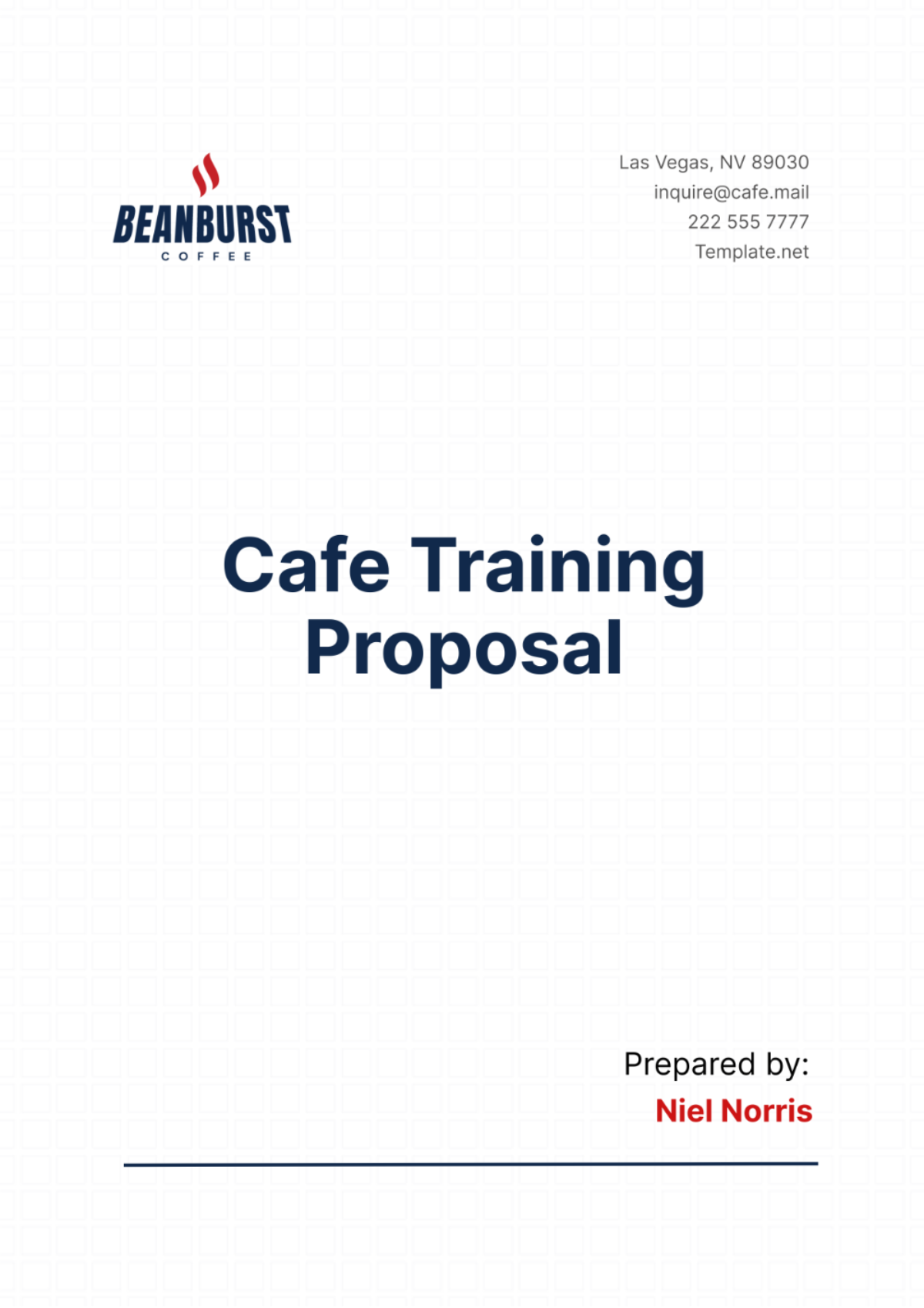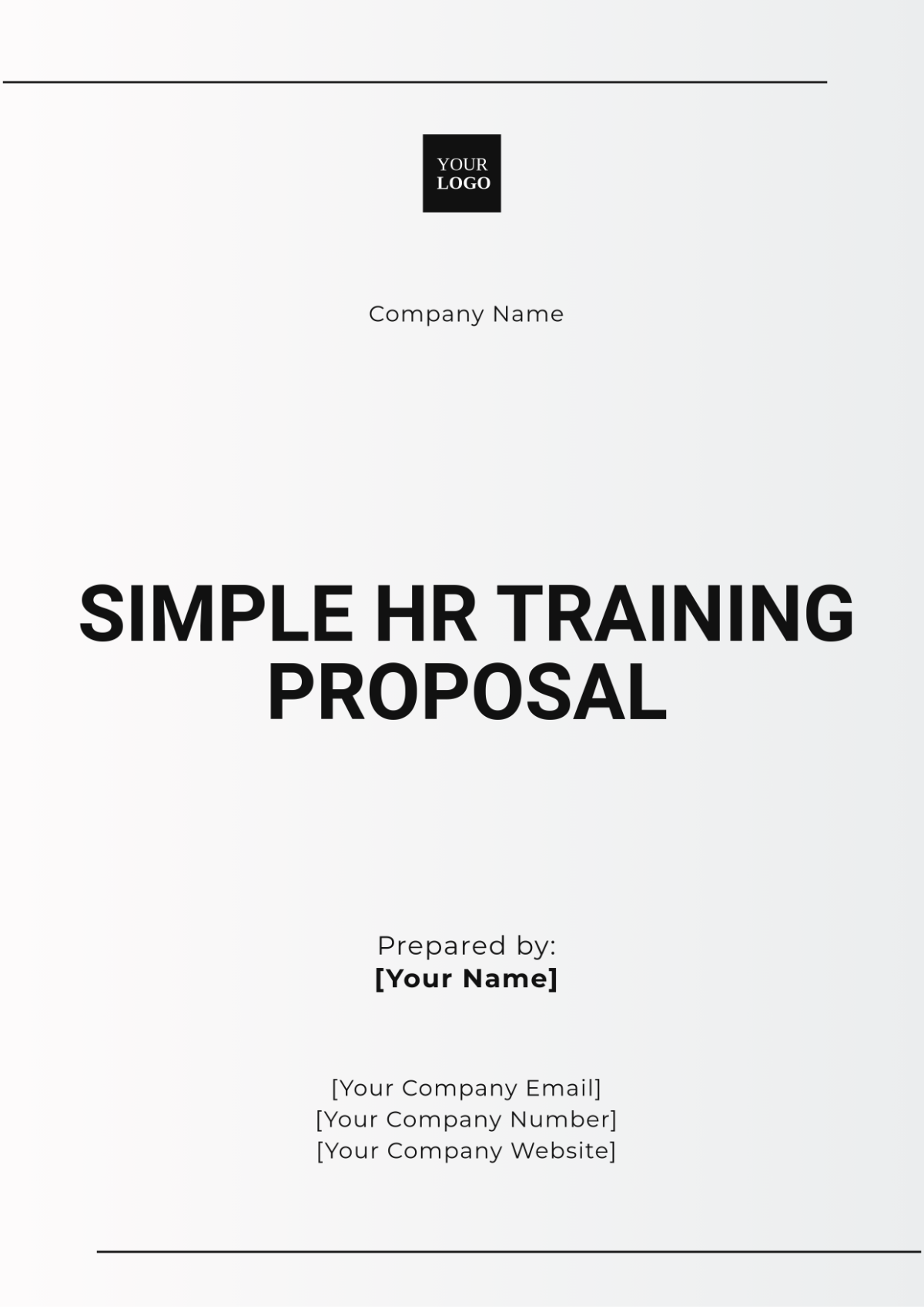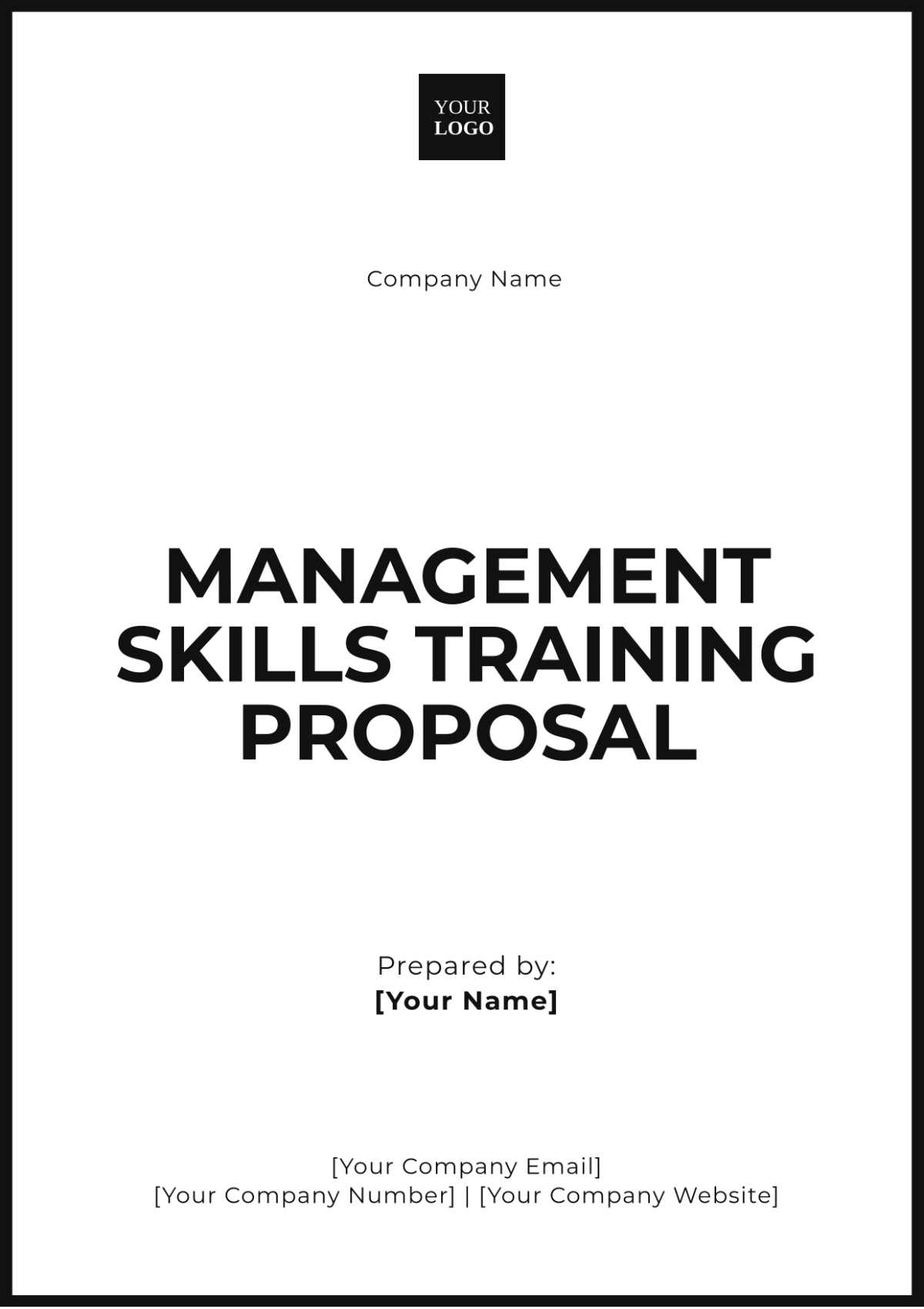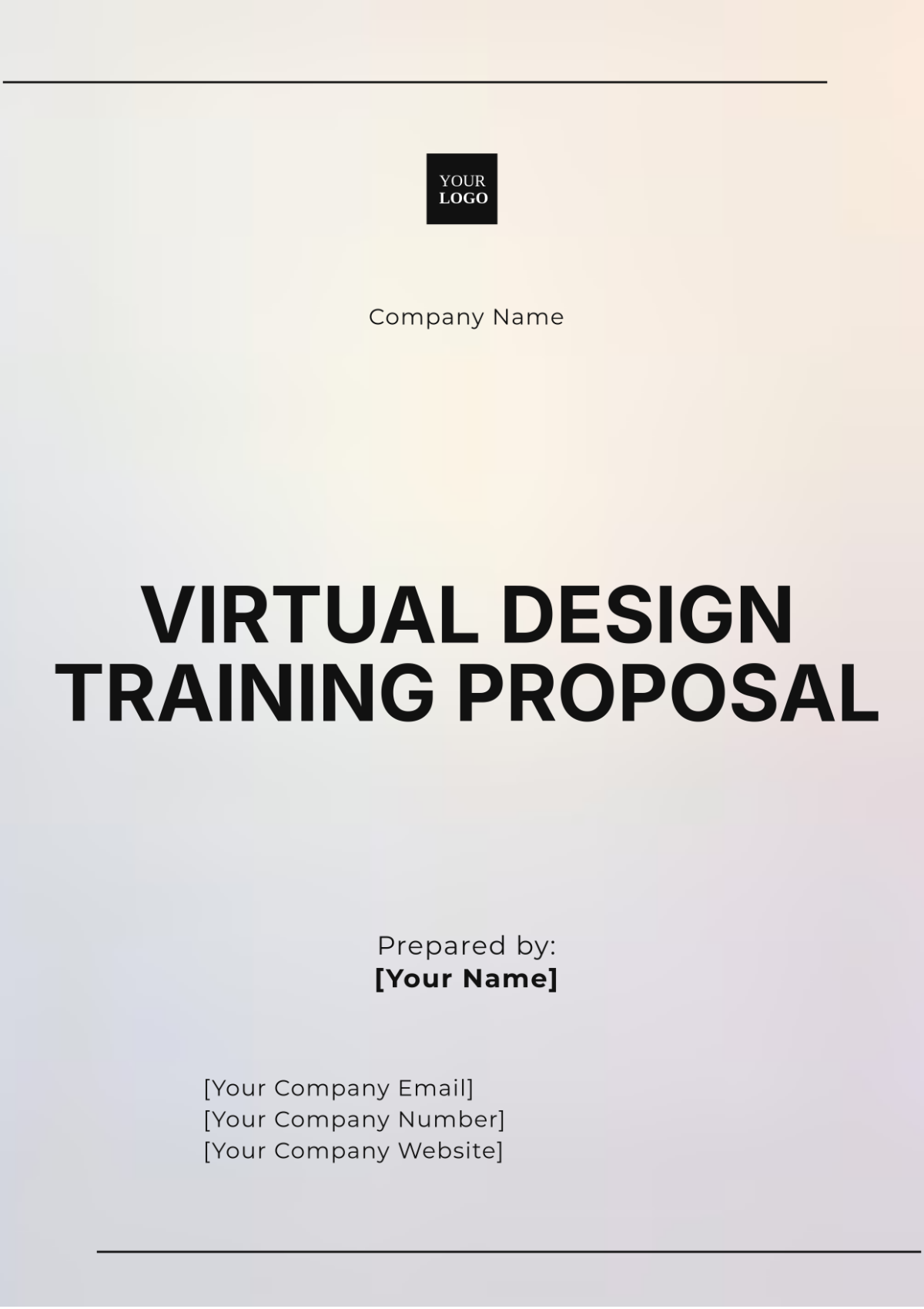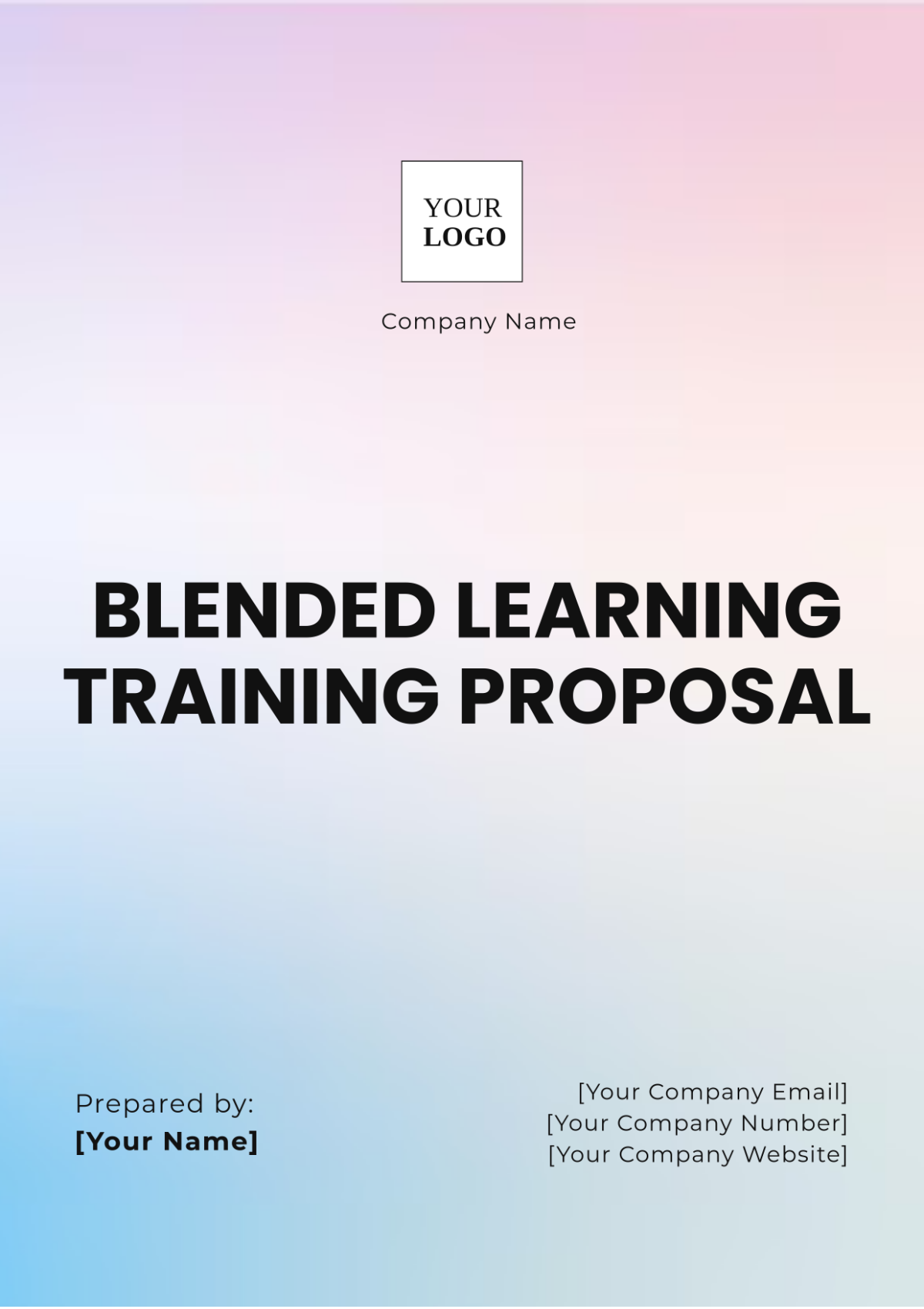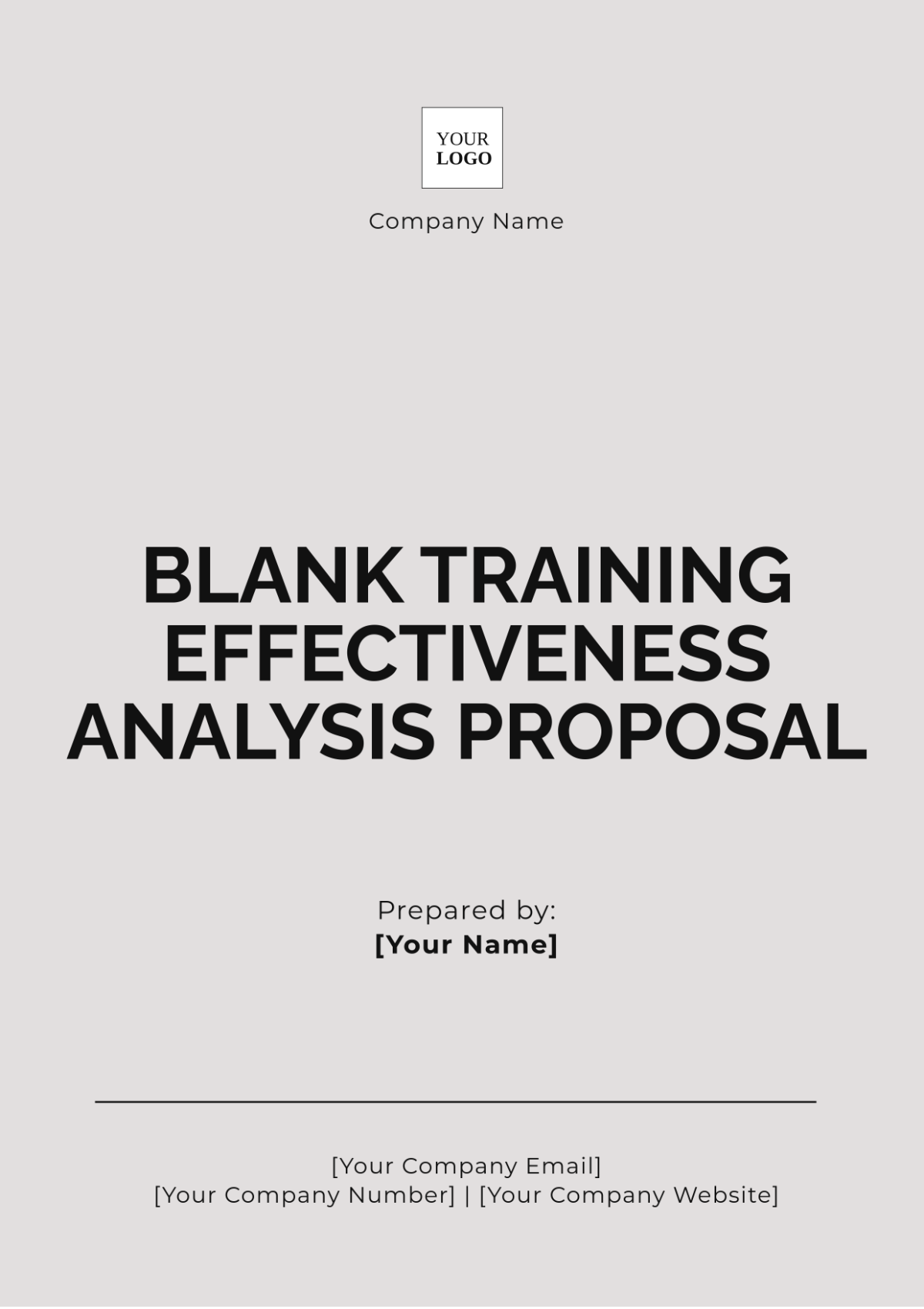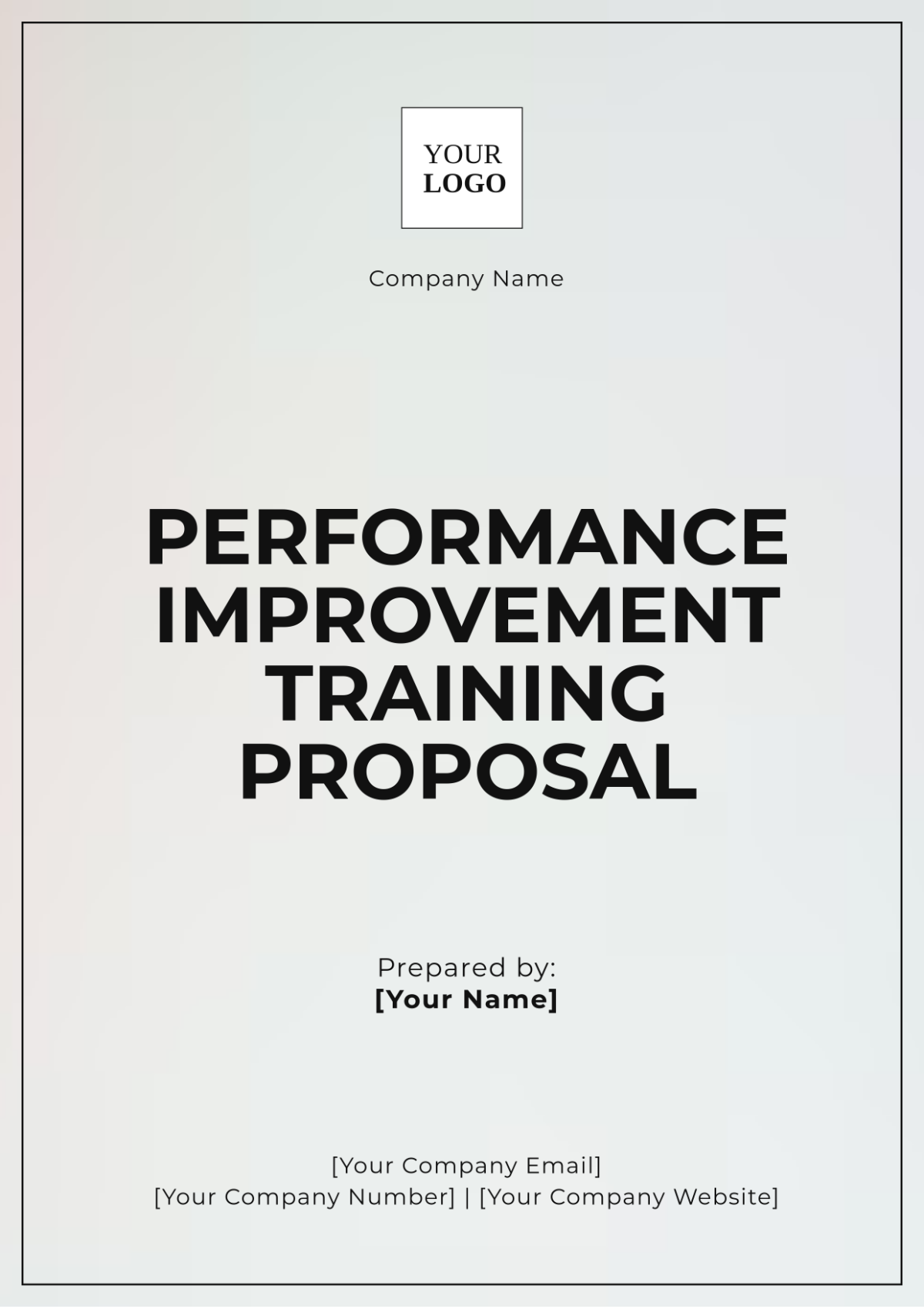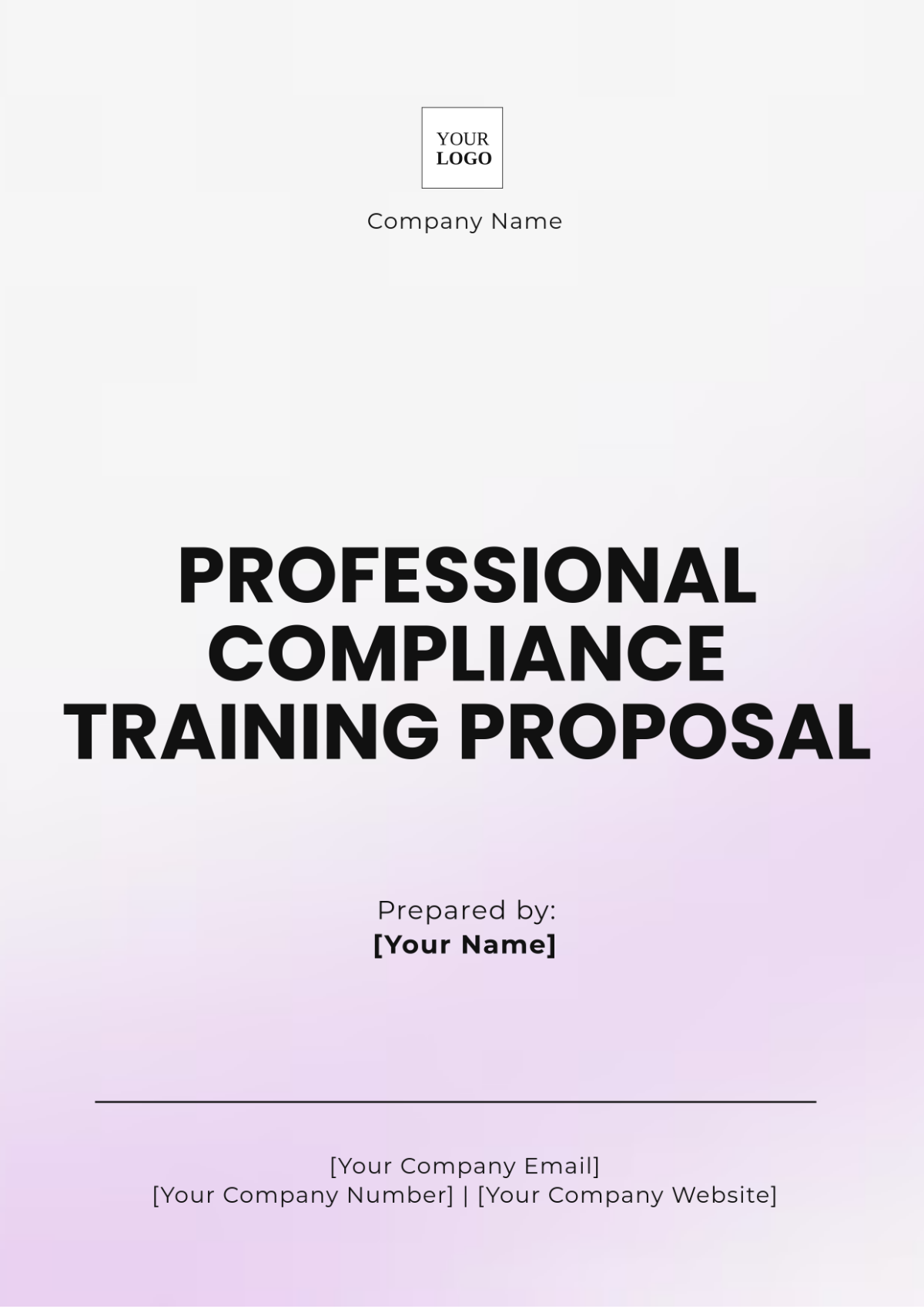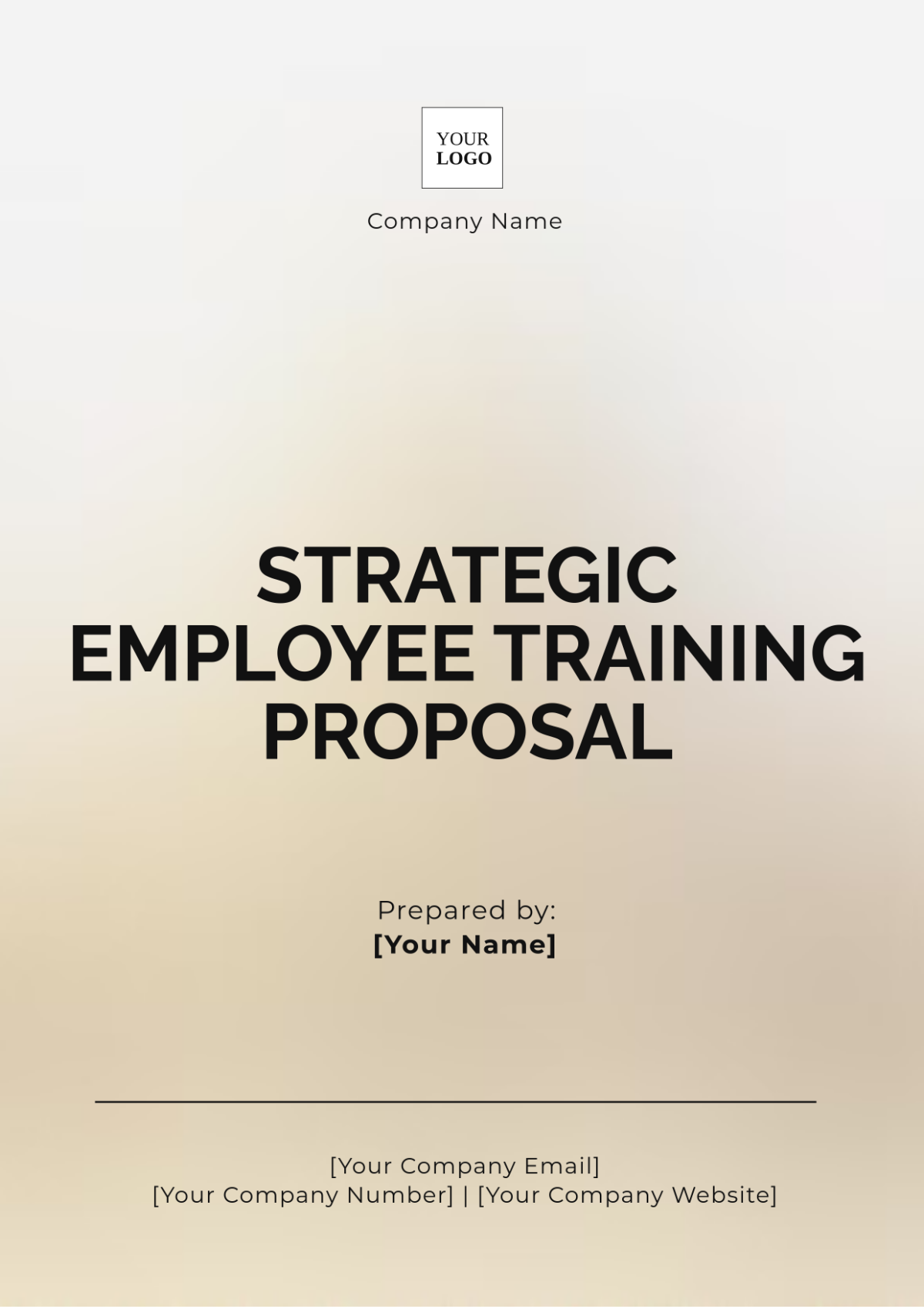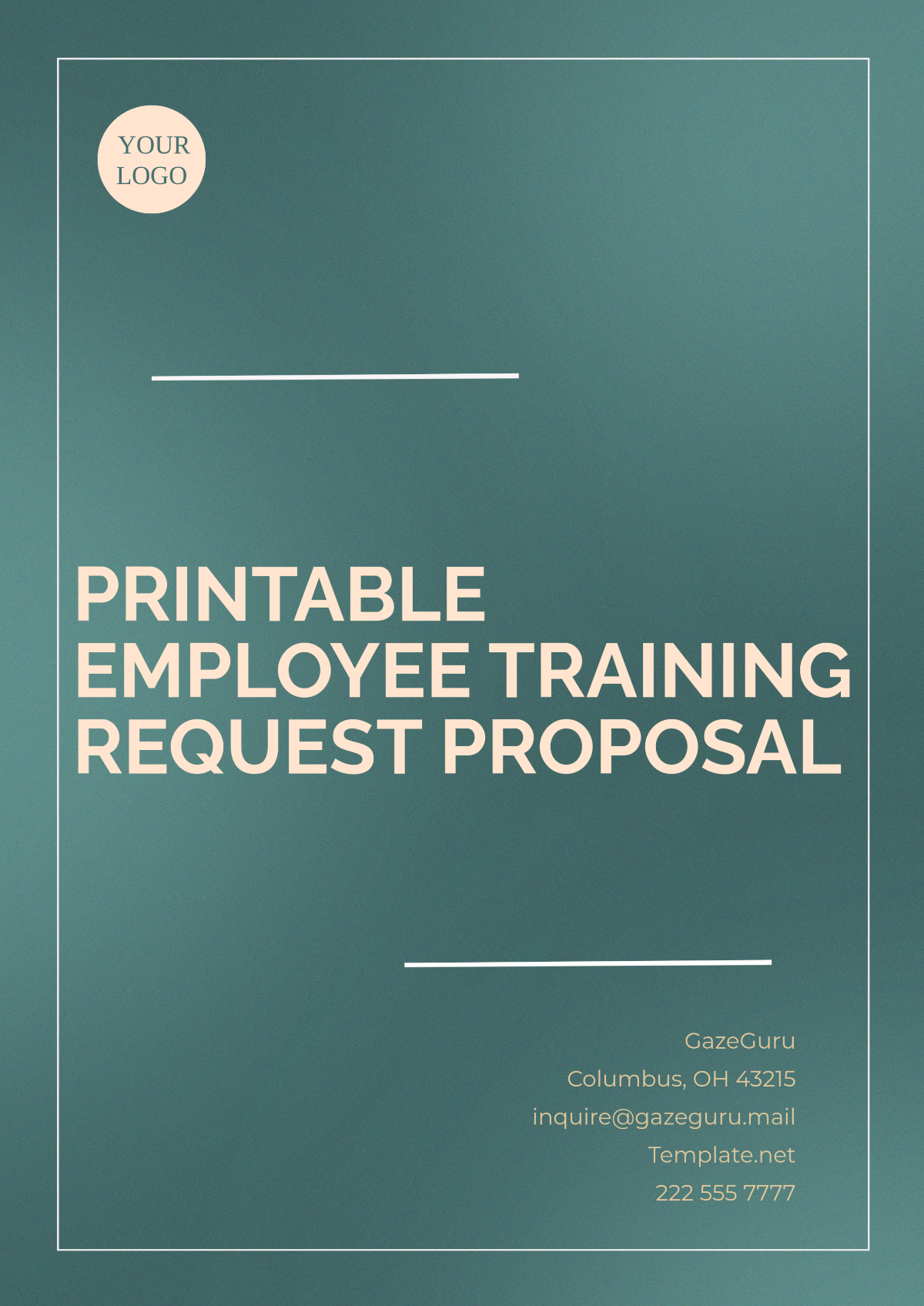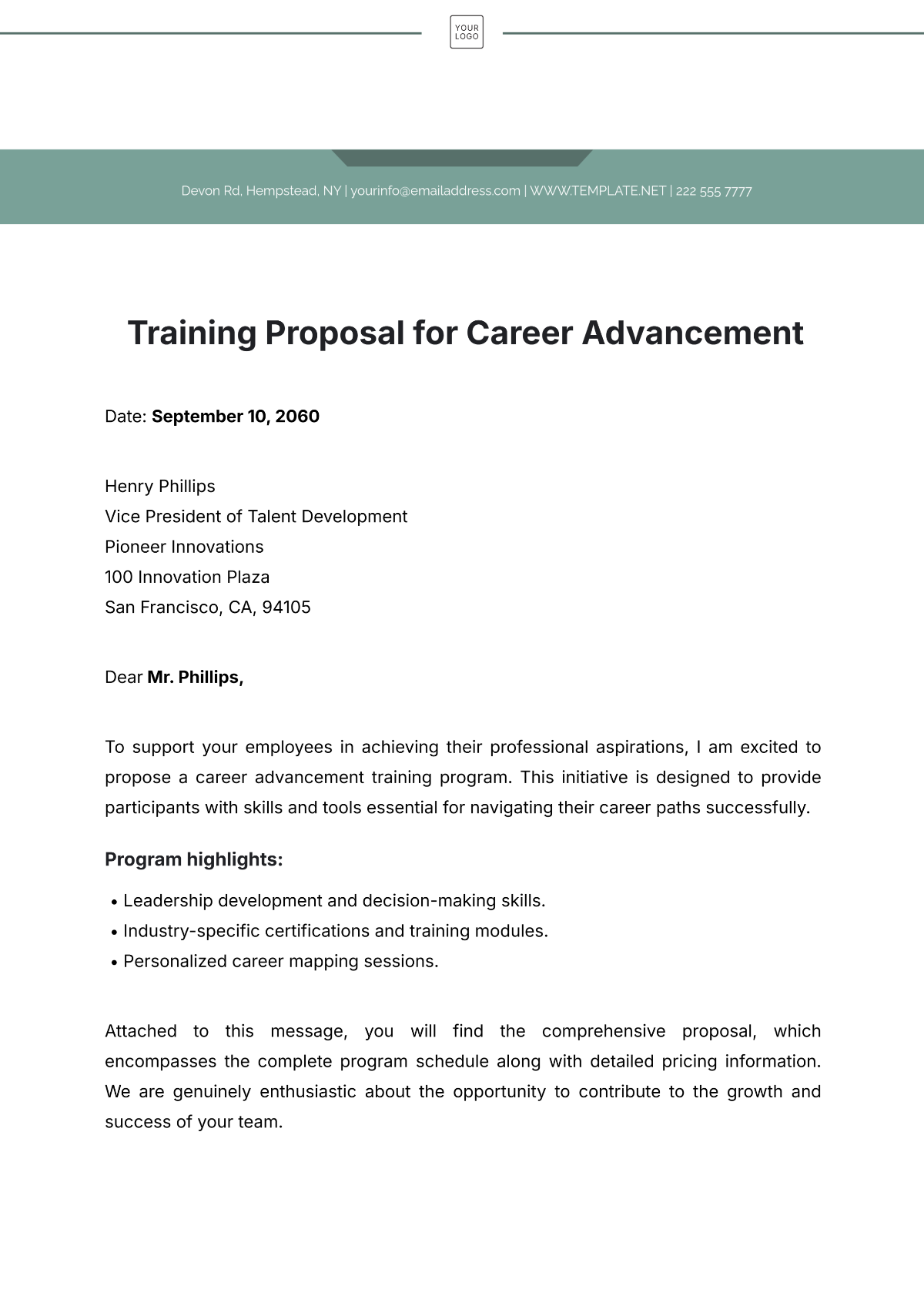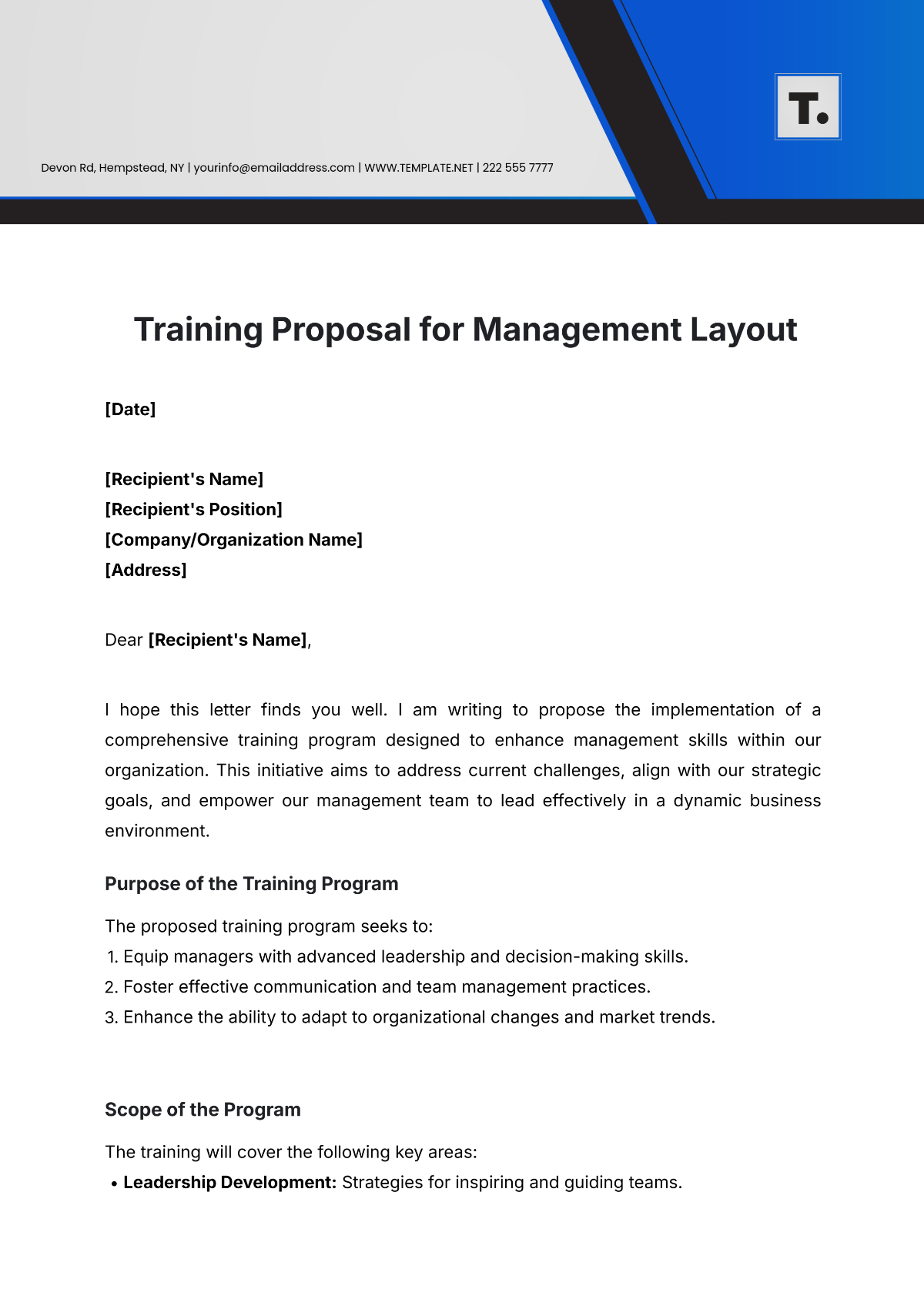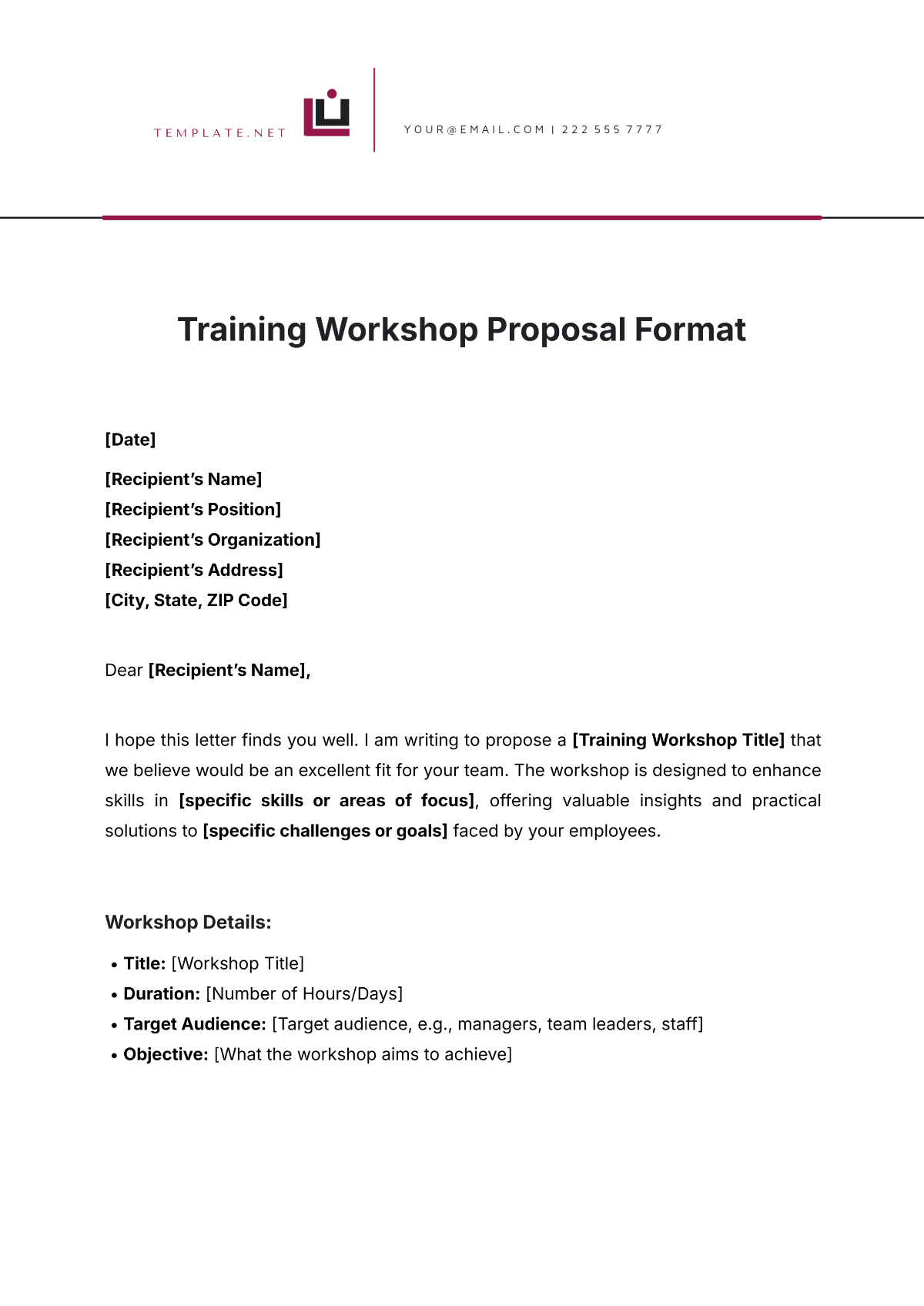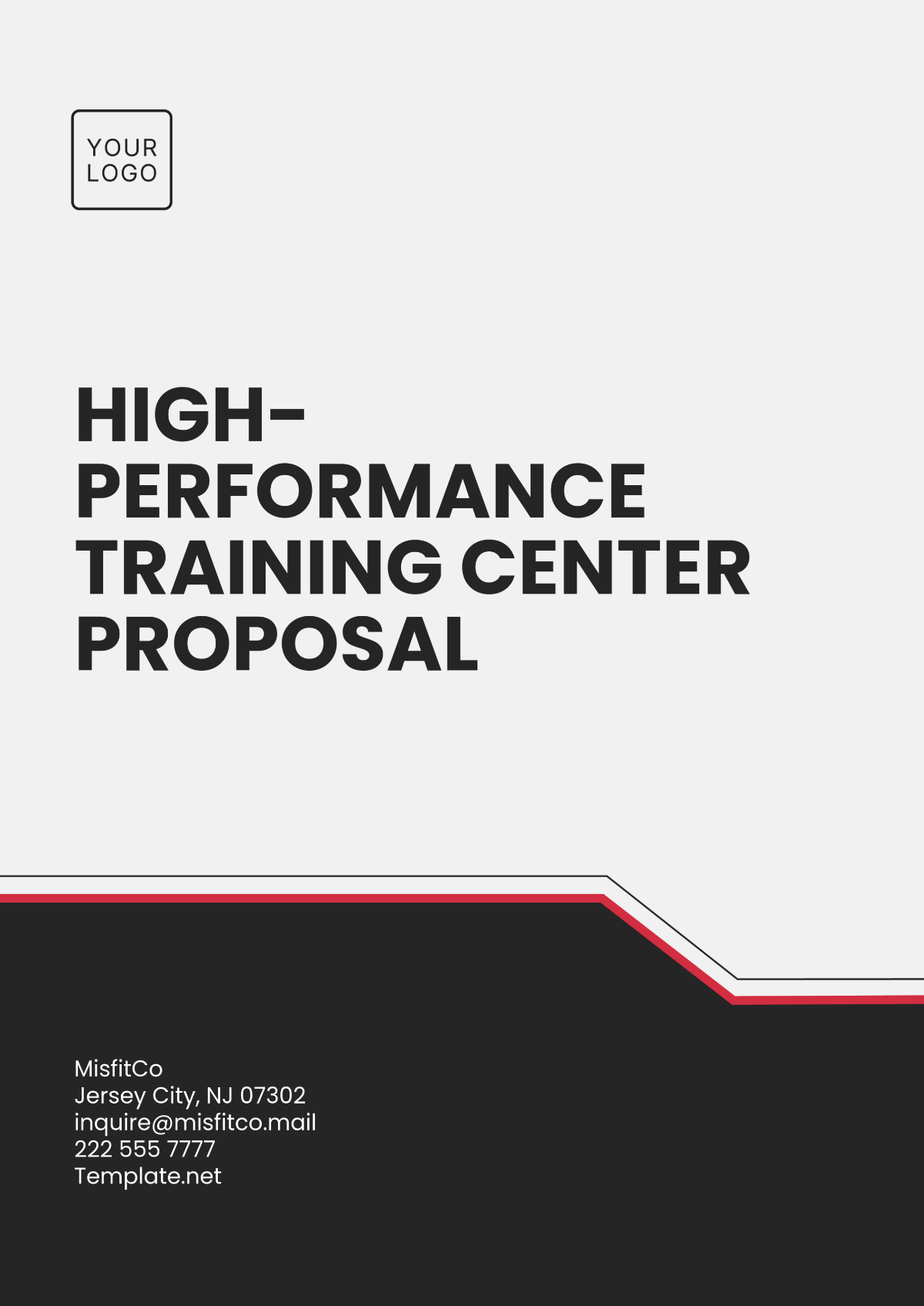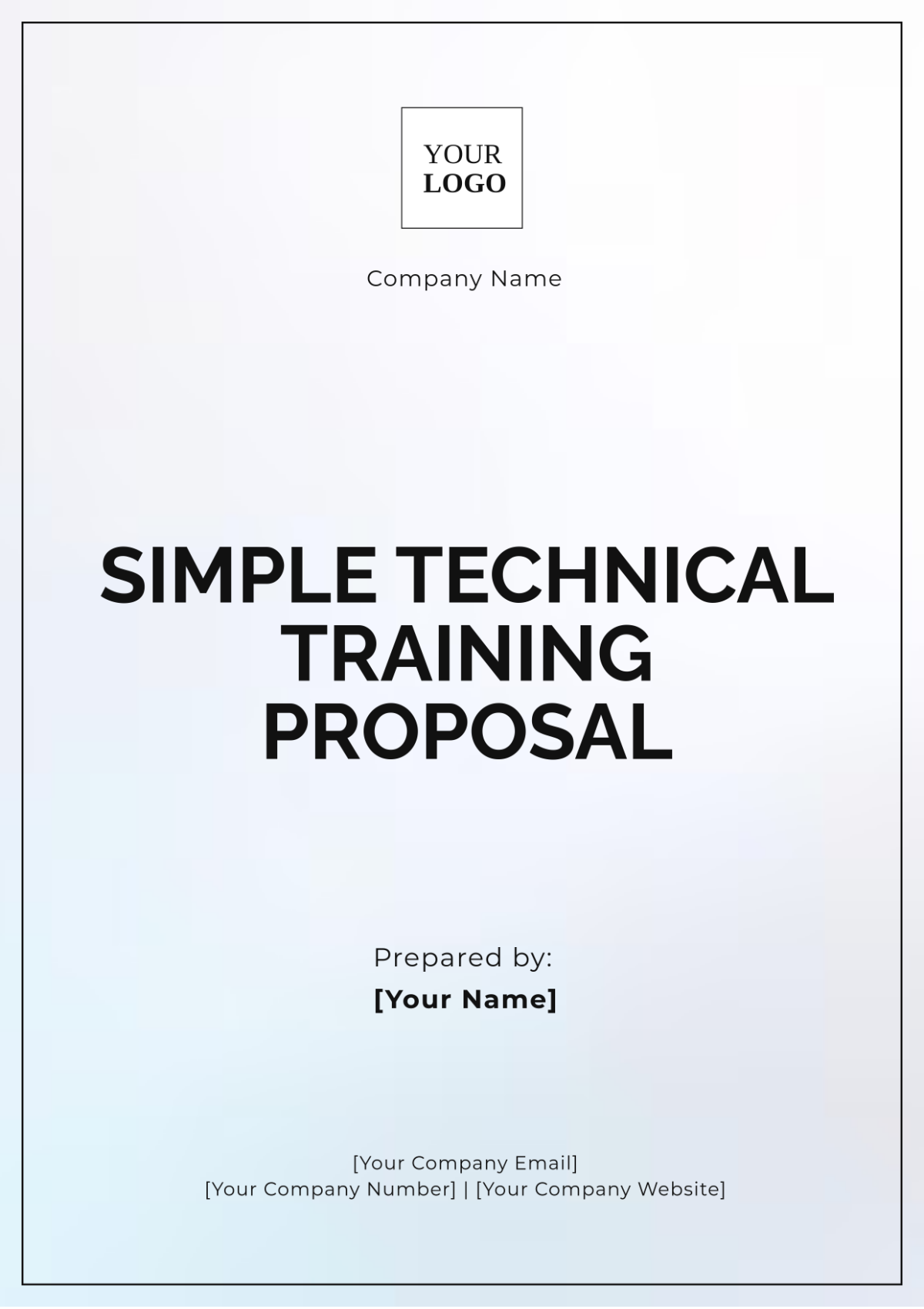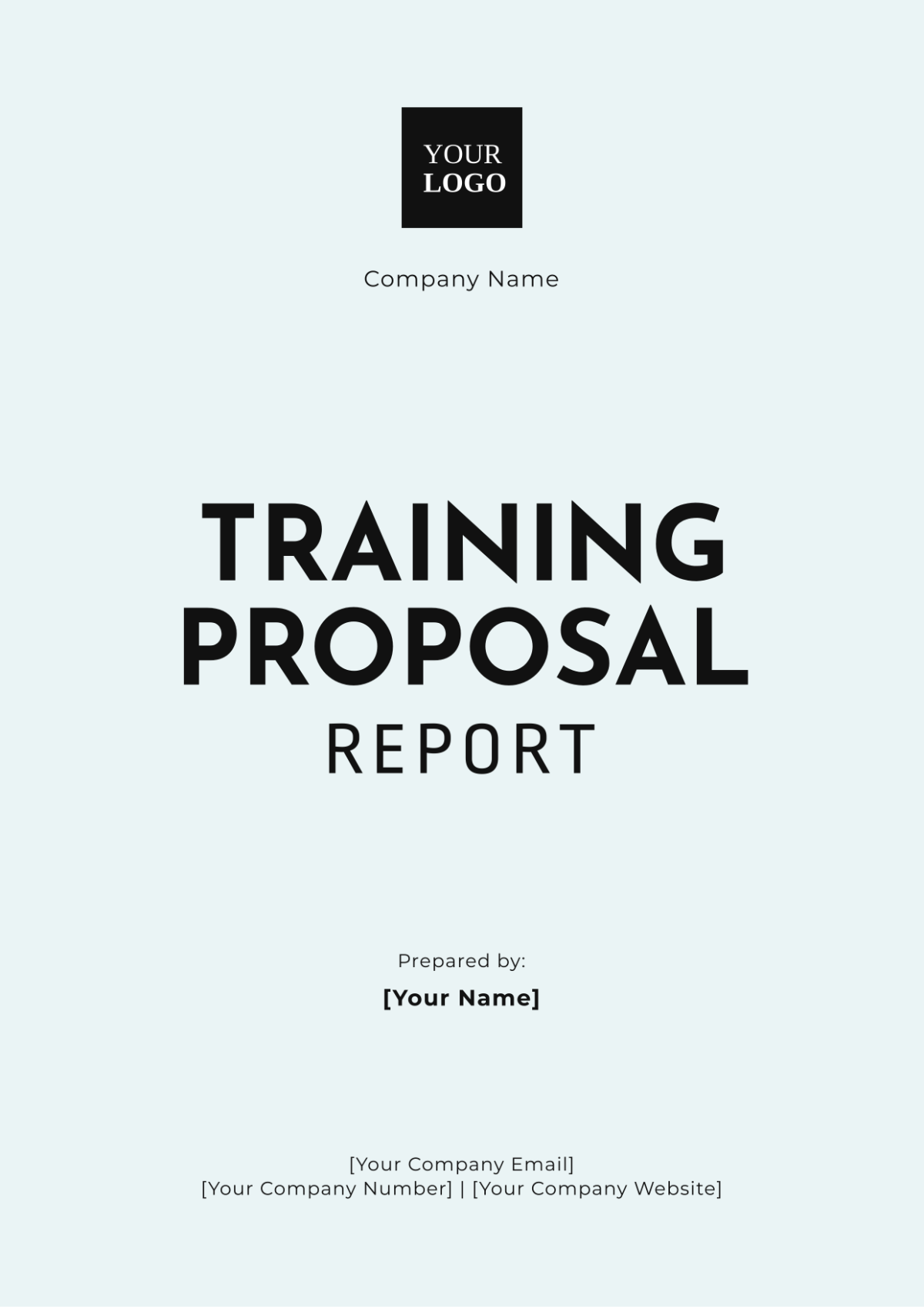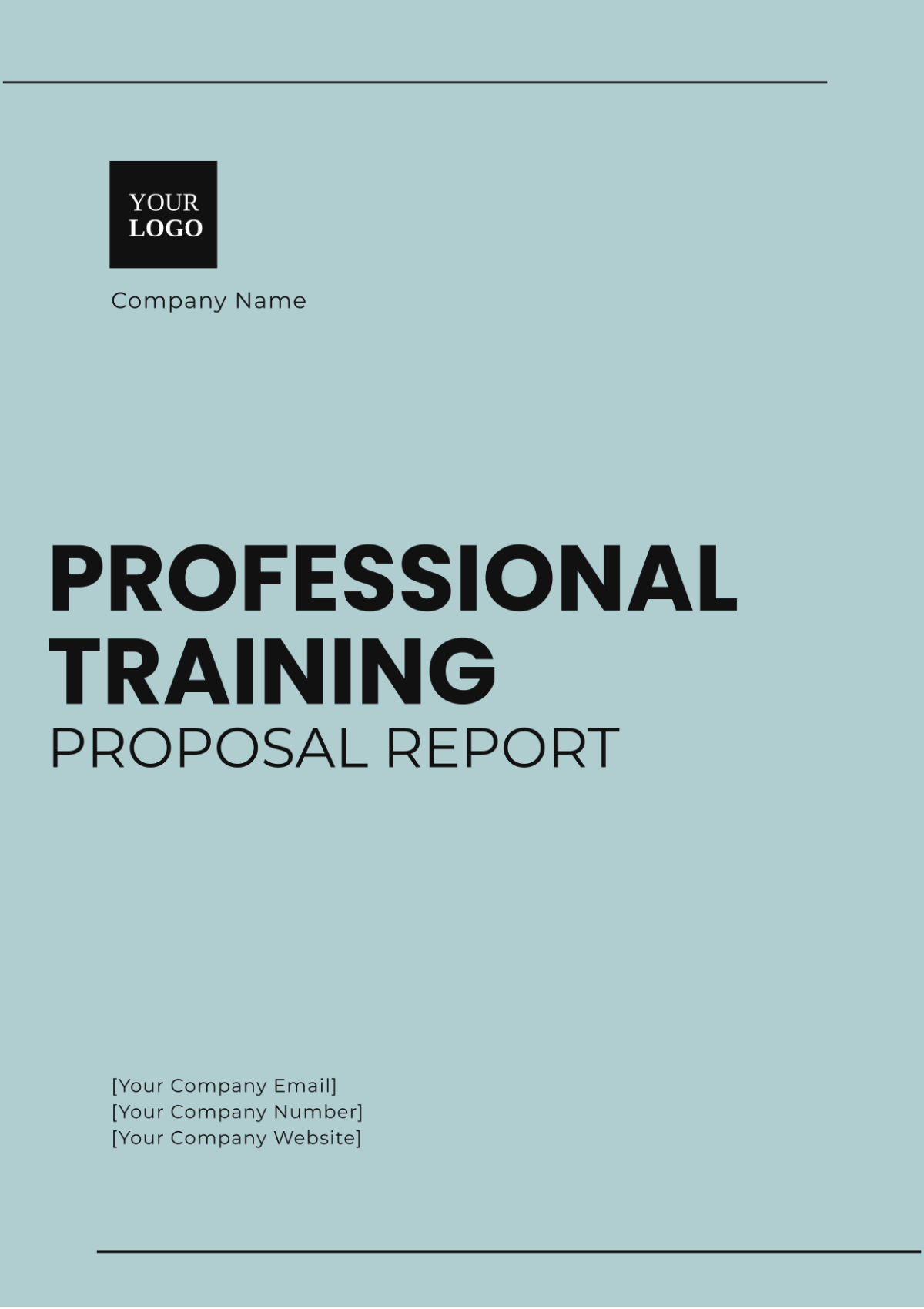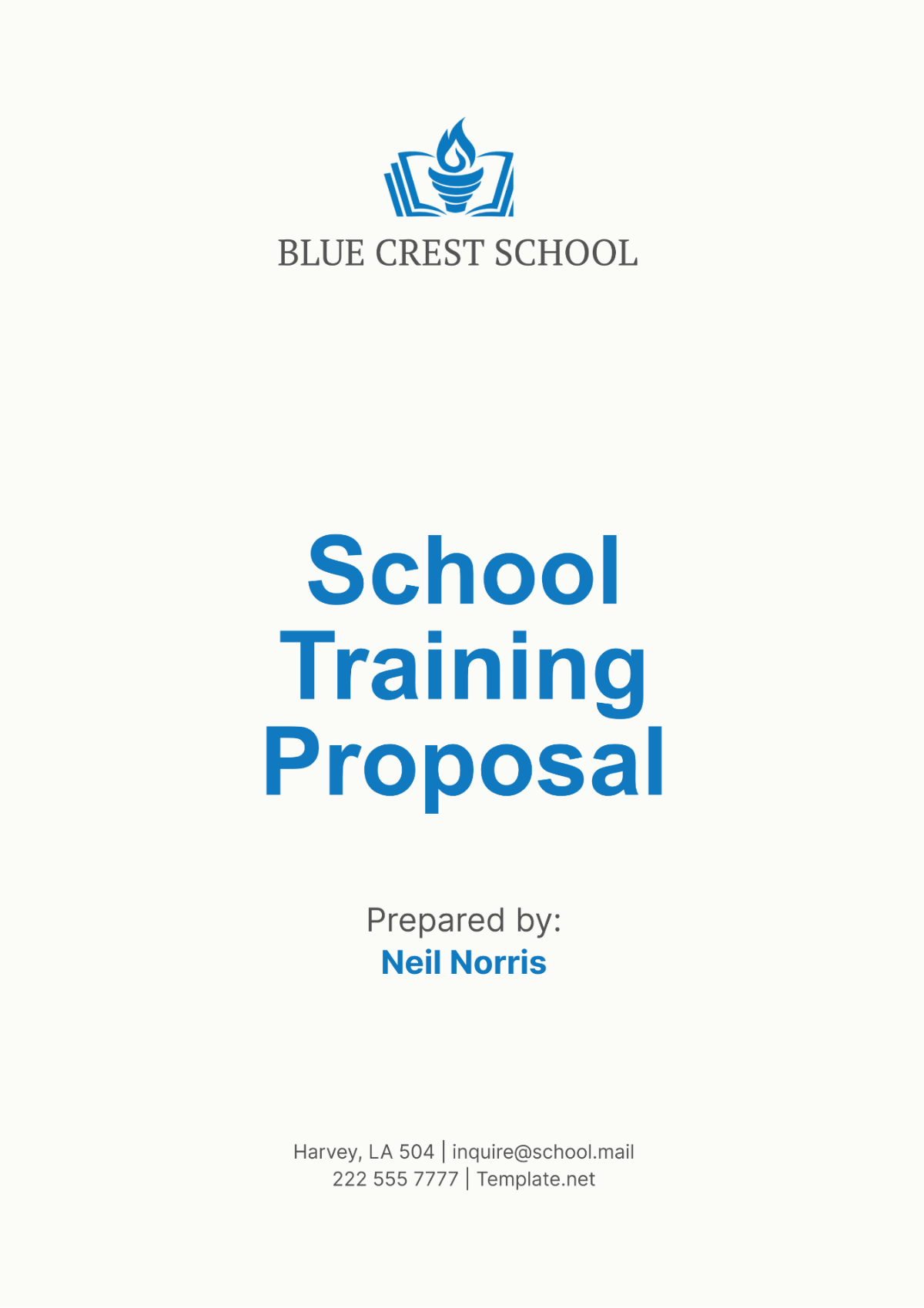Webinar Training Proposal Layout
Prepared by: [Your Name]
Company: [Your Company Name]
Date: [Date]
I. Introduction
The rapidly evolving landscape of digital learning necessitates innovative training solutions to enhance learning experiences and optimize knowledge transfer. This proposal outlines a comprehensive plan for conducting a webinar-based training session aimed at empowering employees with the skills and knowledge they need to thrive in a digital environment. By leveraging the latest digital tools and methodologies, we intend to create an engaging and effective learning experience that addresses the unique challenges faced by modern organizations.
II. Objectives
A. Primary Objectives
The primary objectives of the webinar training are to:
Equip participants with the necessary skills and knowledge pertinent to their roles.
Enhance productivity by ensuring a seamless adoption of new technologies.
Foster a culture of continuous learning and development within the organization.
B. Specific Learning Targets
Develop participants' proficiency in using digital tools relevant to their duties, such as project management software and collaboration platforms.
Facilitate understanding of new workflows and procedures to streamline operations and improve efficiency.
Promote interactive and engaging learning environments through various teaching methodologies.
III. Methodology
The proposed webinar training will employ a blend of instructional and interactive teaching methods to maximize engagement and facilitate effective learning.
A. Instructional Techniques
Live Demonstrations and Tutorials: Participants will observe real-time demonstrations of digital tools, followed by guided tutorials to reinforce learning.
Presentations with Visual Aids: Engaging presentations using infographics, videos, and slide decks will be utilized to maintain attention and aid understanding.
Incorporation of Real-World Scenarios and Case Studies: Participants will explore practical examples relevant to their roles, enhancing the application of knowledge to real-world situations.
B. Interactive Elements
Q&A Sessions: Dedicated time for participants to ask questions and clarify doubts, fostering an open and interactive atmosphere.
Group Discussions and Breakout Rooms: Small group sessions will encourage collaboration and deeper discussions among participants, promoting peer learning.
Interactive Polls and Quizzes: Engagement will be maintained through live polls and quizzes, allowing participants to assess their understanding in real time.
IV. Audience
A. Target Audience
The target audience for this webinar includes professionals seeking to improve their digital skills and knowledge. This encompasses various departments such as IT, HR, and Marketing, all of whom are pivotal in driving organizational success.
B. Audience Size and Demographics
The anticipated audience size is approximately 100-150 participants. The demographics span diverse geographical locations, with a mix of junior, mid-level, and senior professionals, ensuring a rich variety of perspectives during discussions.
V. Logistics
A. Date and Time
The webinar is scheduled for March 15, 2054, at 10:00 AM EST. This timing aims to accommodate participants across different time zones, ensuring maximum attendance and engagement.
B. Technology Requirements
Participants will require stable internet access, a computer or mobile device, and audio equipment (headphones or speakers) to participate effectively in the webinar. A brief technical check will be conducted before the session to ensure all participants can access the platform.
C. Platform
The webinar will be hosted on Zoom, ensuring a seamless and accessible experience for all attendees. Zoom’s features, such as screen sharing and breakout rooms, will enhance interaction and engagement.
VI. Evaluation
A. Feedback Mechanisms
Post-webinar surveys and polls will be conducted to gather participant feedback on content delivery, engagement, and overall satisfaction. Questions will include rating the effectiveness of the training, the relevance of content, and areas for improvement.
B. Performance Assessment
Performance metrics, such as participation rates and participant testimonials, will be analyzed to assess the effectiveness of the webinar training. Follow-up sessions may also be scheduled to measure knowledge retention and application in the workplace.
VII. Budget
Expense | Amount ($) |
|---|---|
Platform License | 300 |
Speaker Fees | 500 |
Marketing and Promotion | 200 |
Materials and Resources | 150 |
Total | 1,150 |
This budget aims to ensure all aspects of the training are covered, providing a comprehensive and enriching experience for all participants.
VIII. Conclusion
In conclusion, this webinar training proposal represents a strategic initiative to enhance workforce skills and knowledge through innovative digital channels. We are confident that this program will deliver substantial value by equipping participants with the necessary skills to excel in their roles. We look forward to the successful implementation of this training program and its positive impact on the organization.
